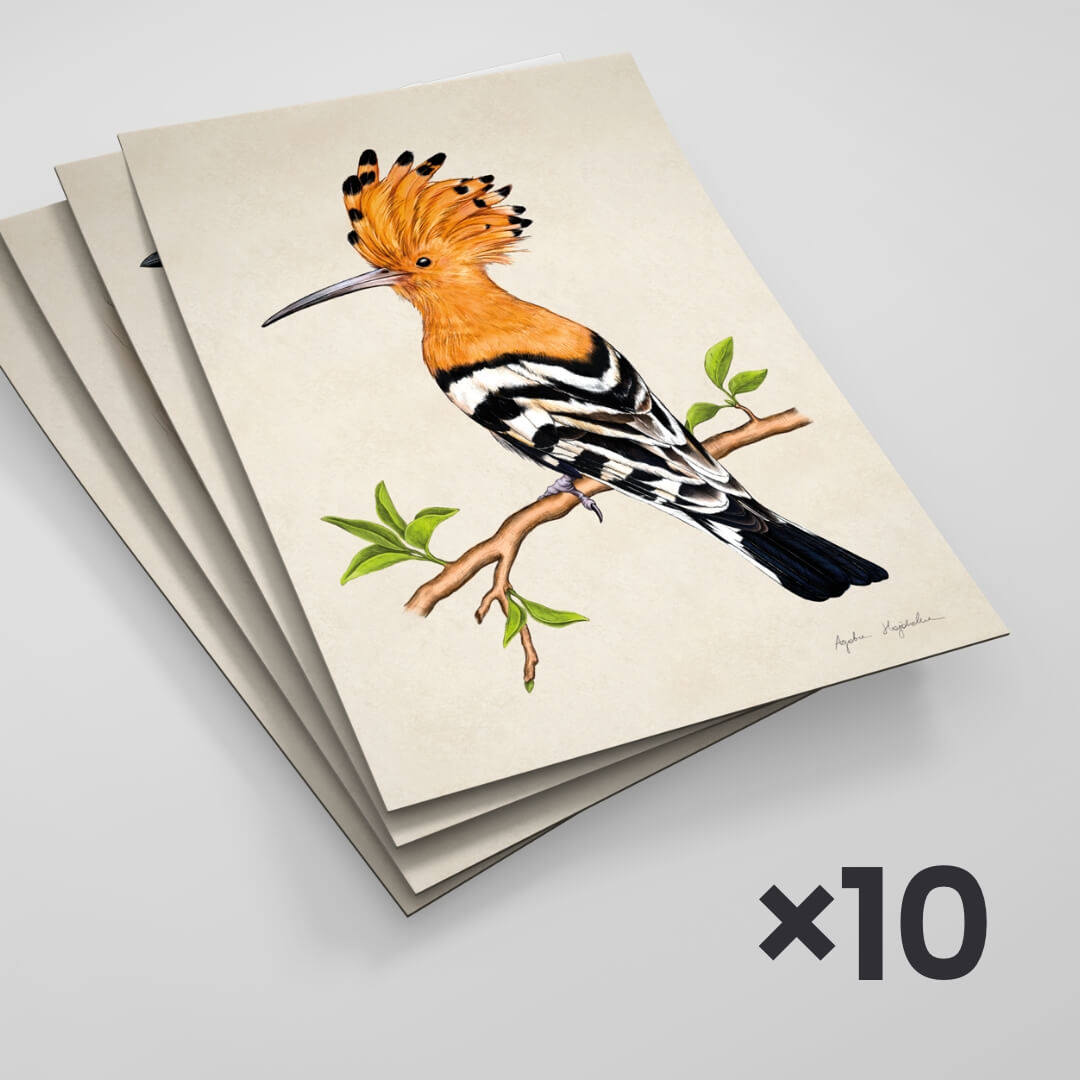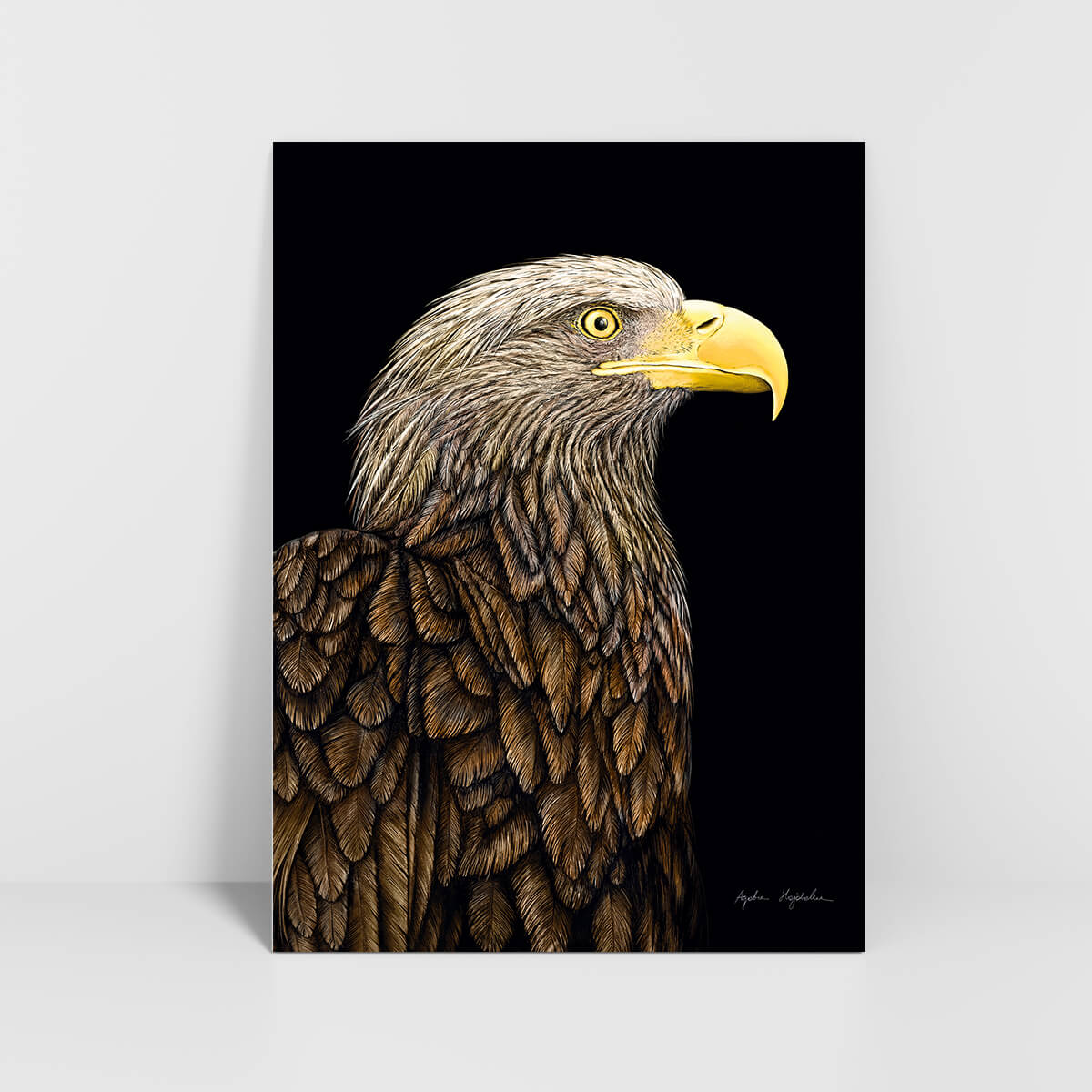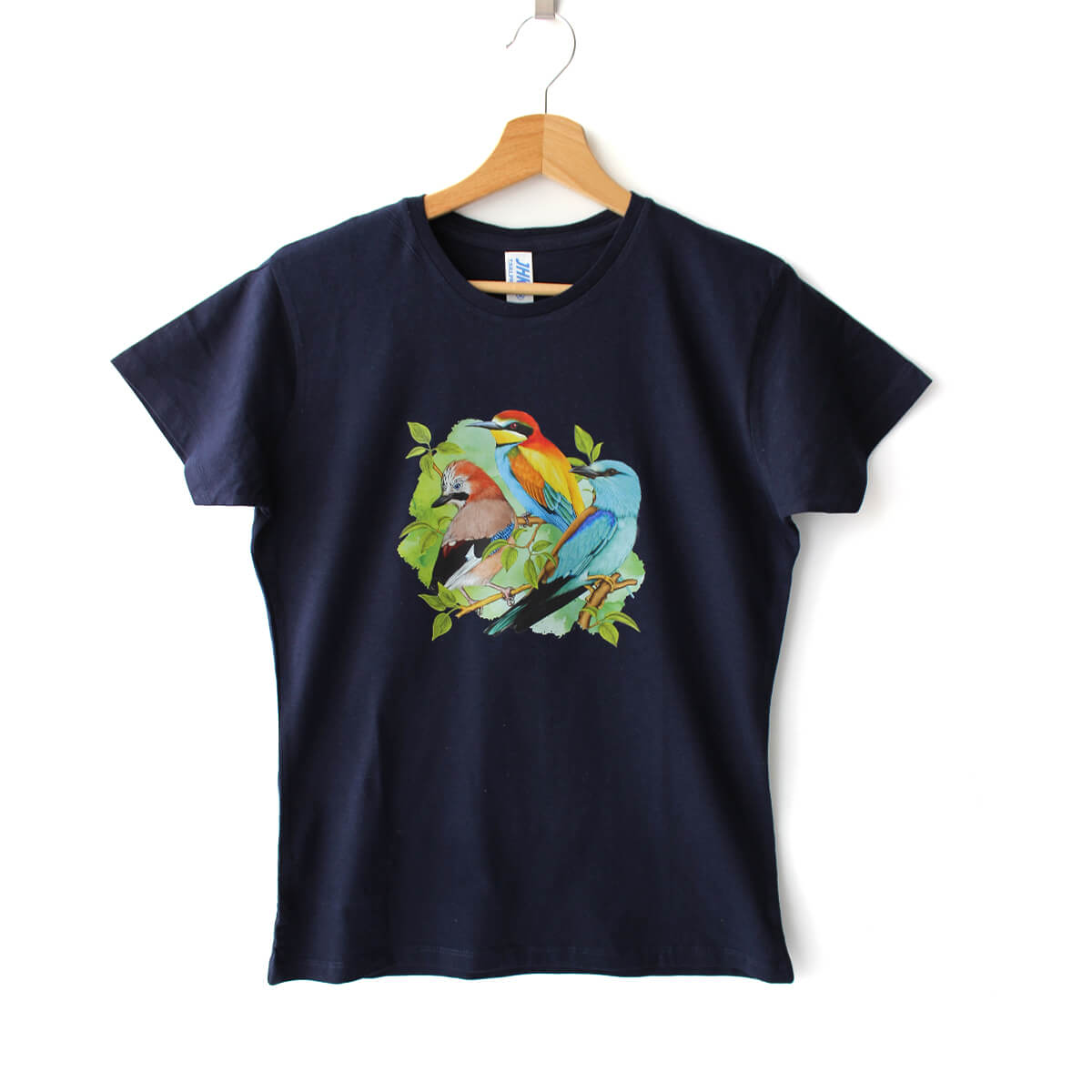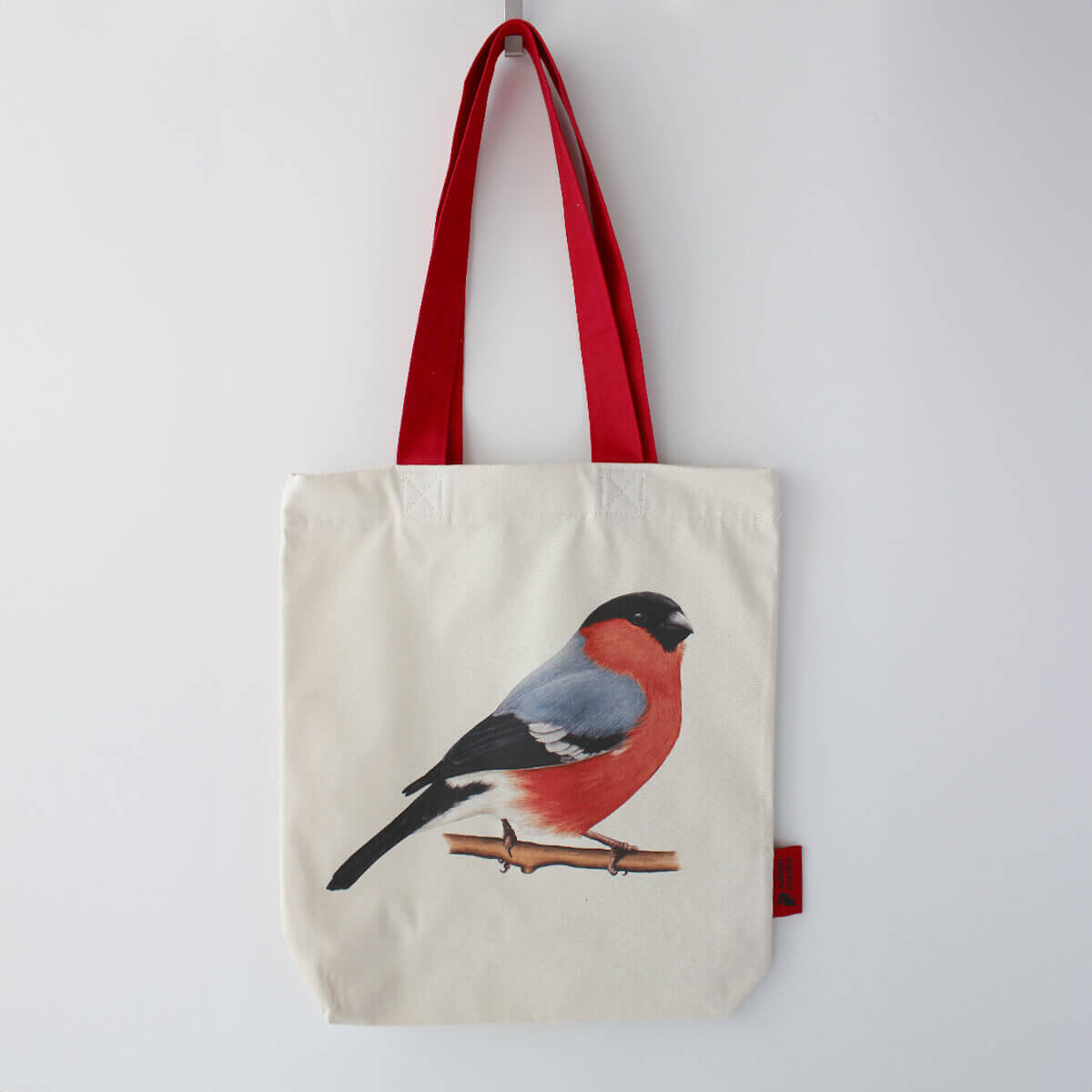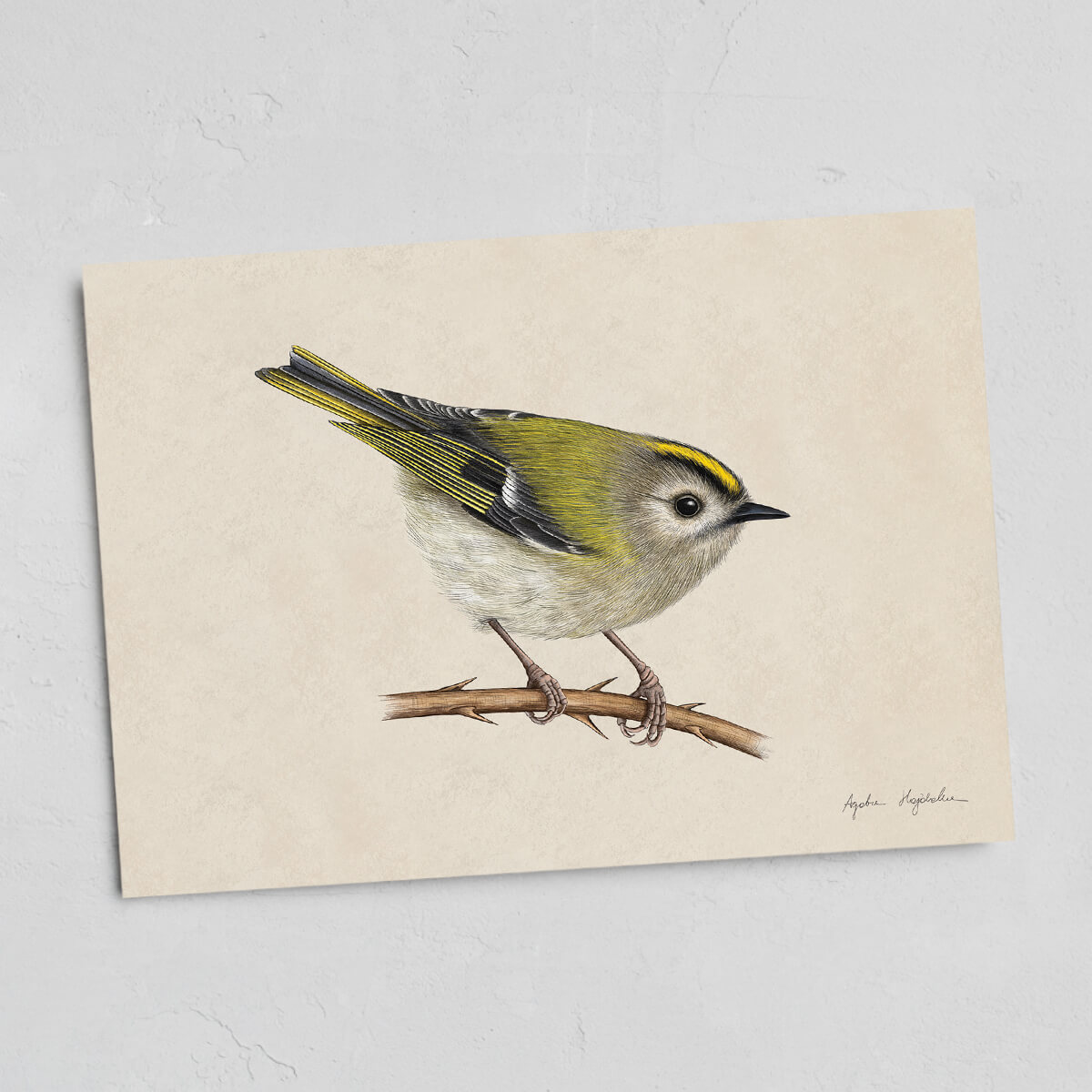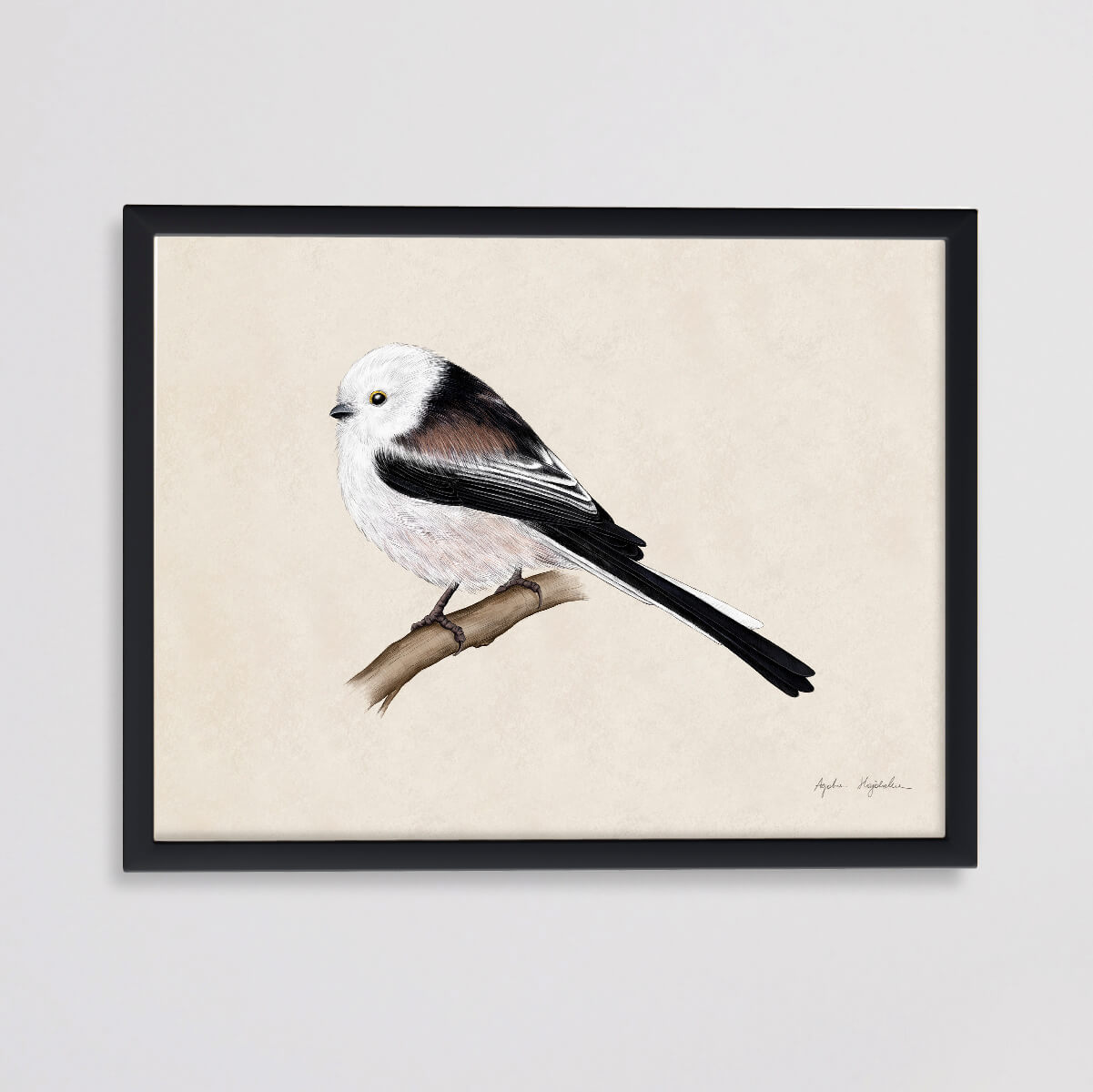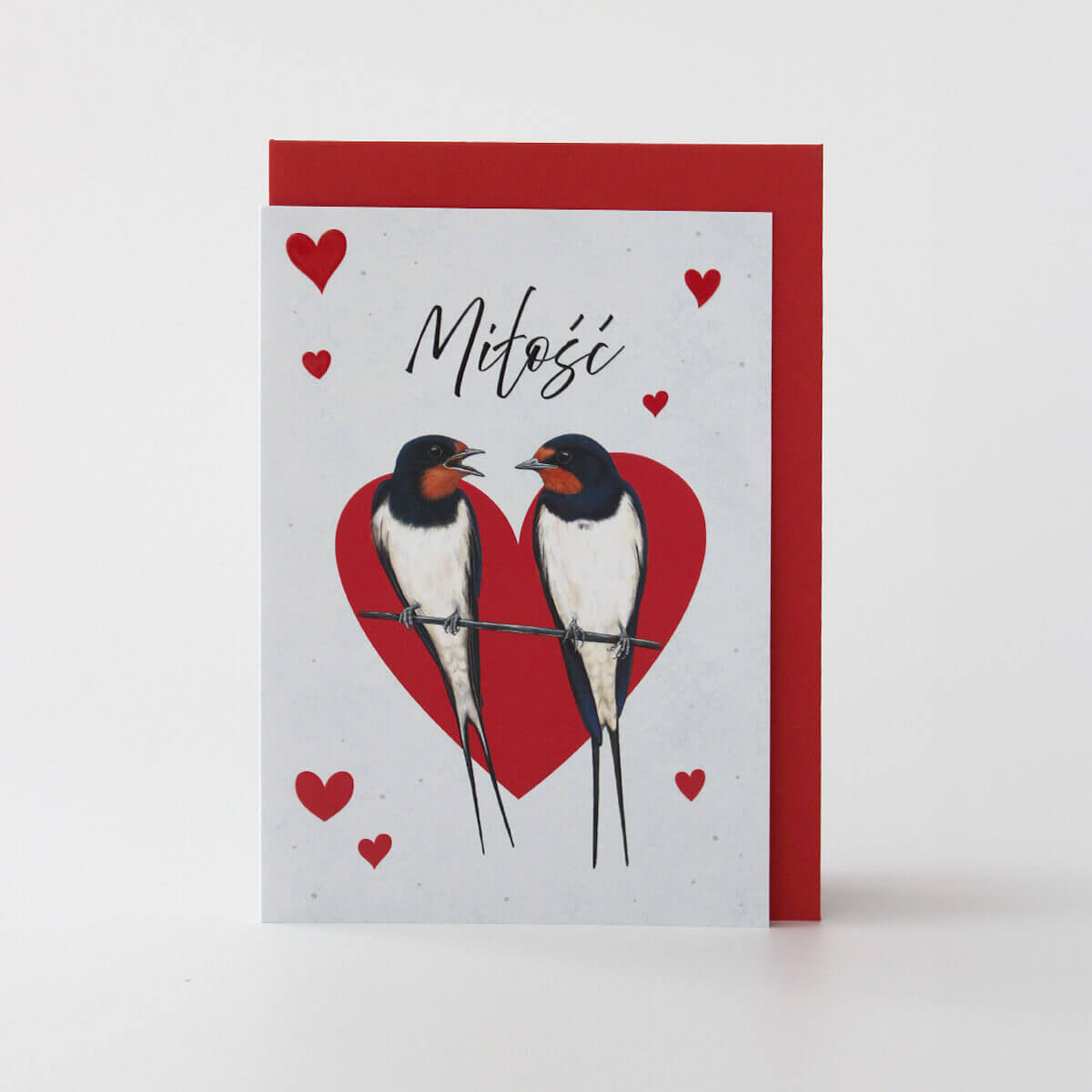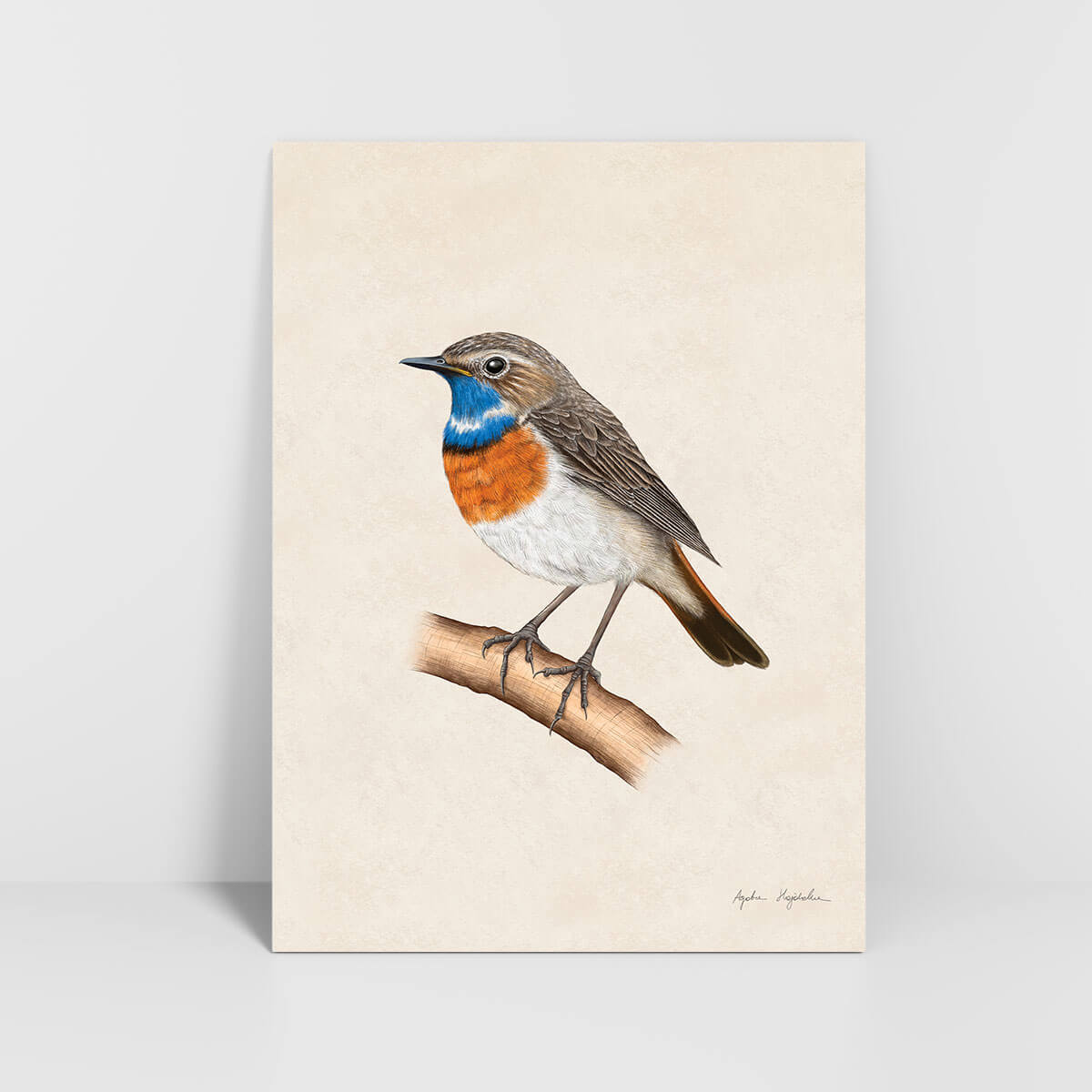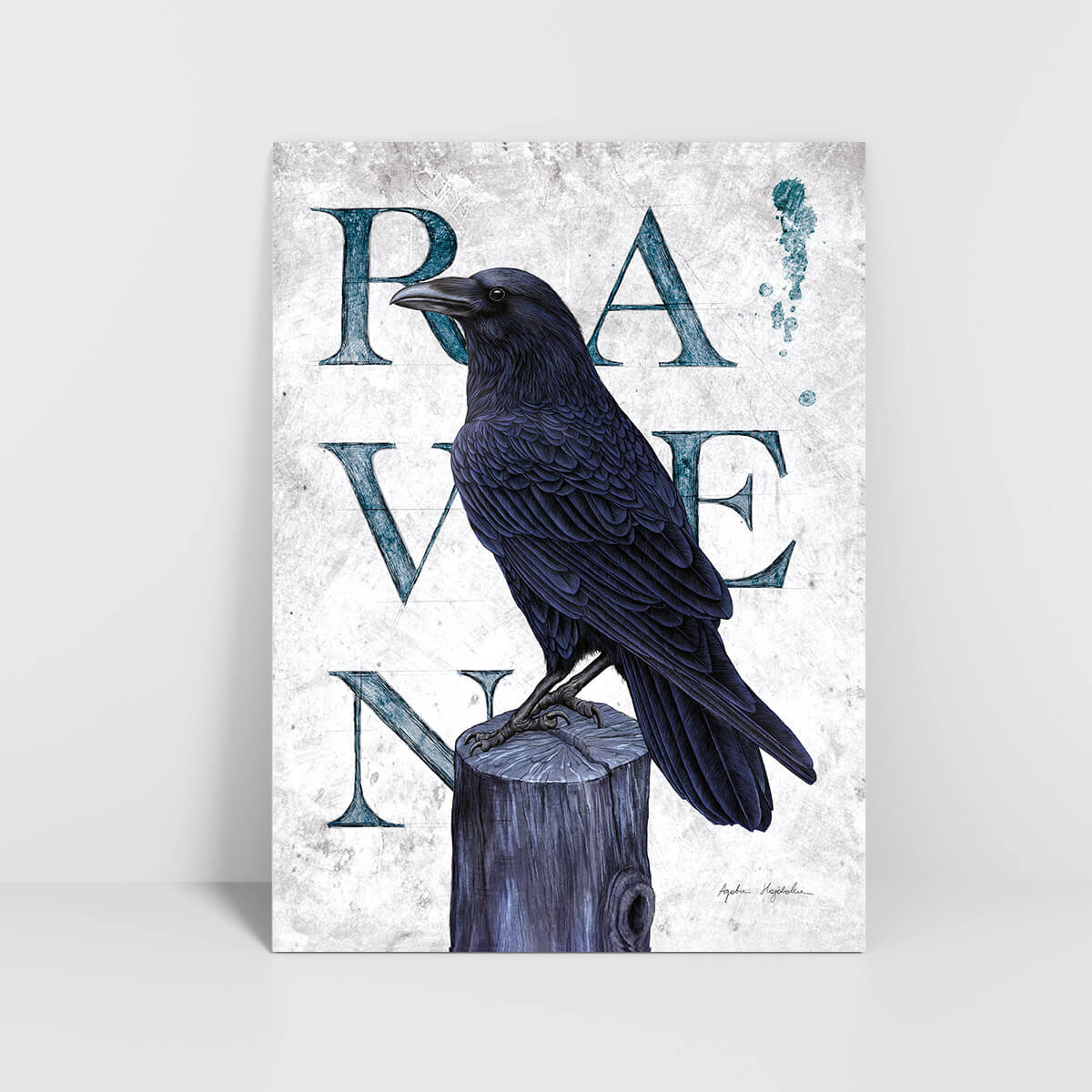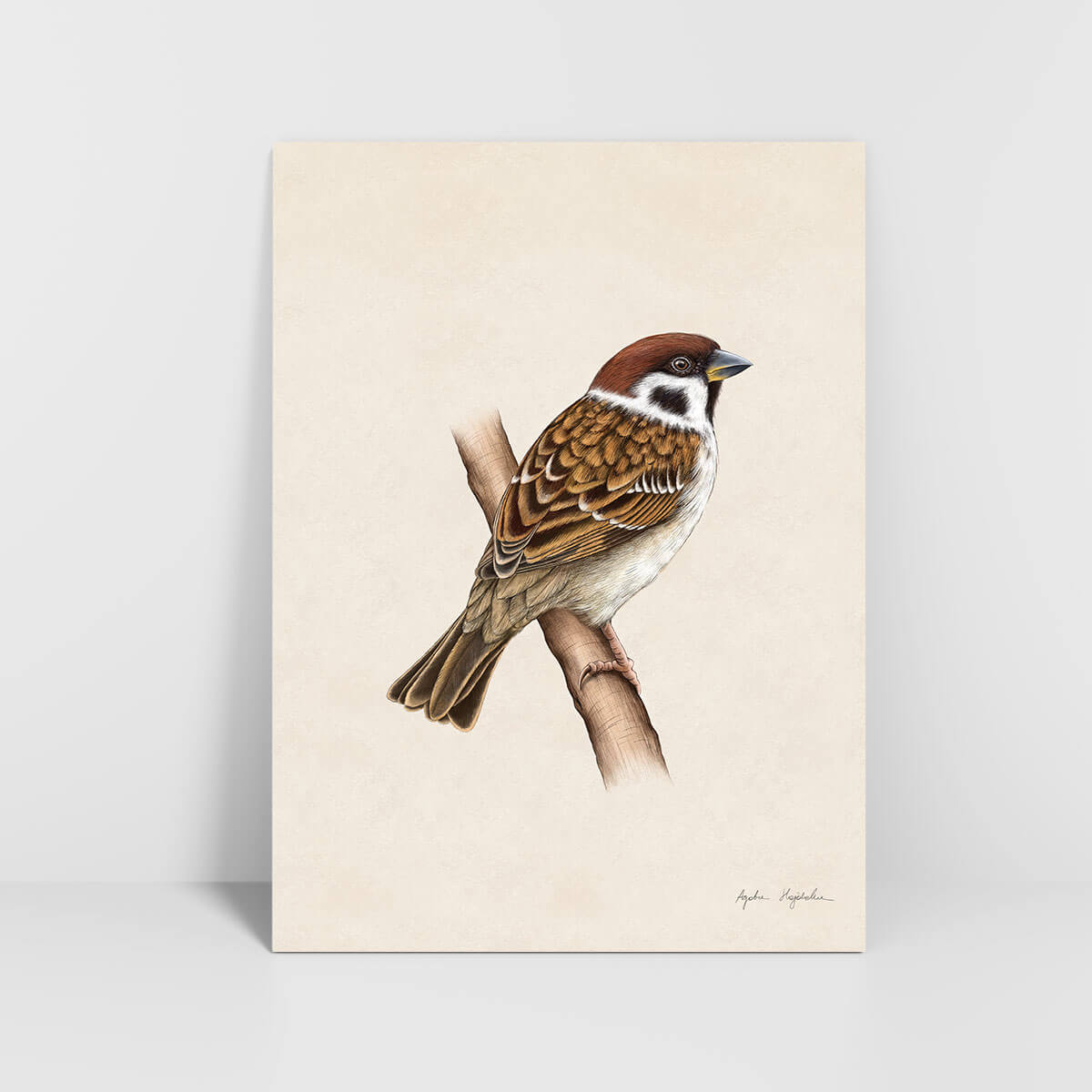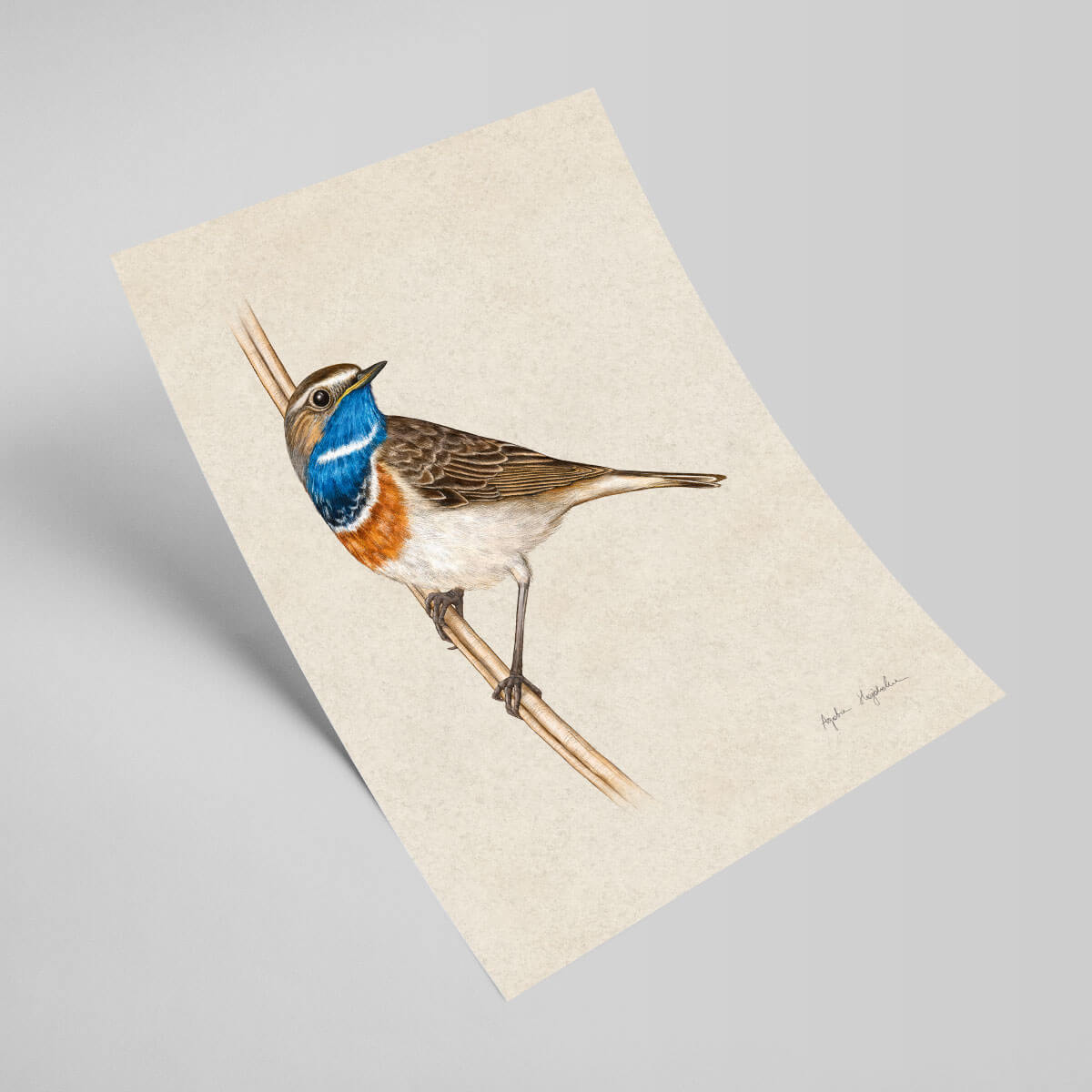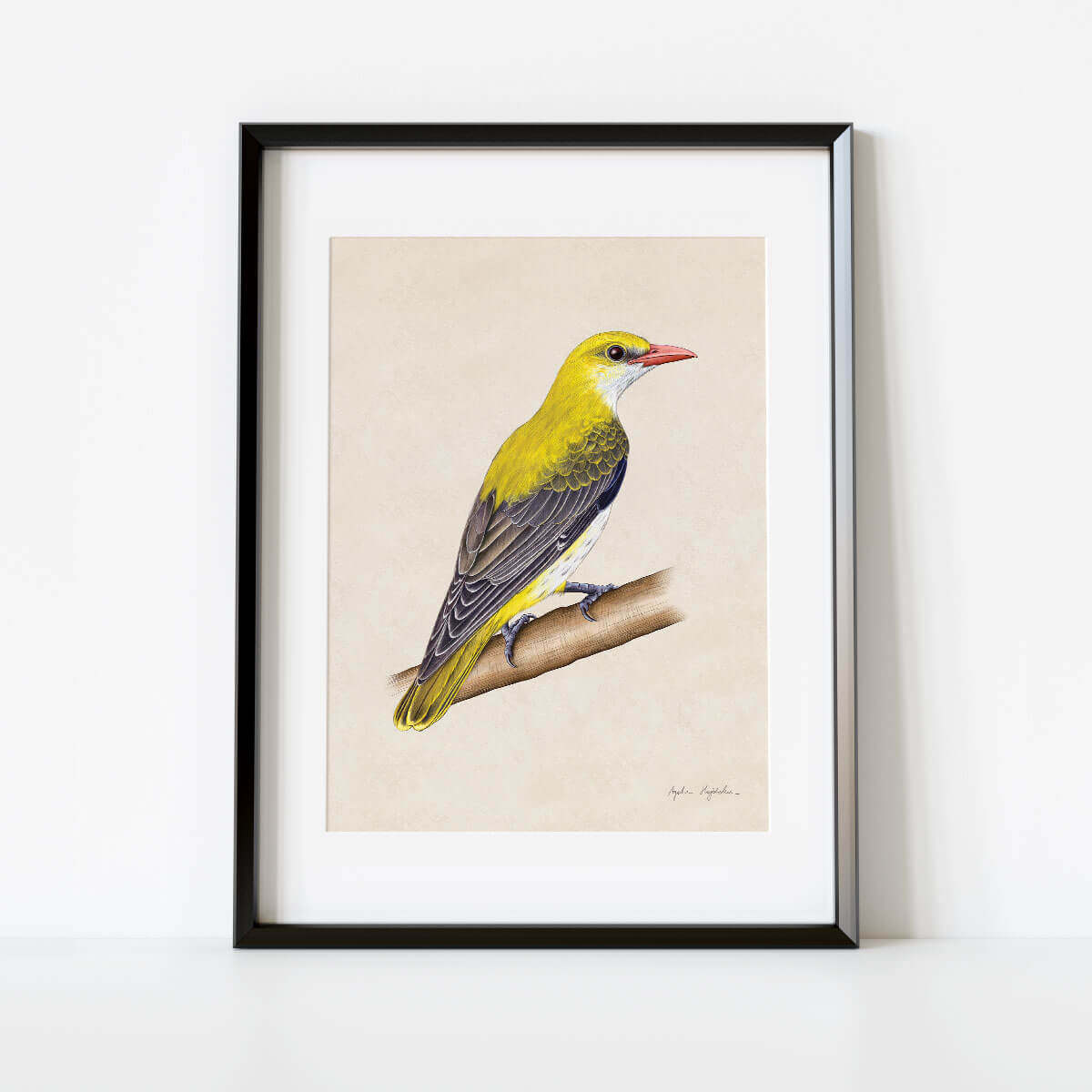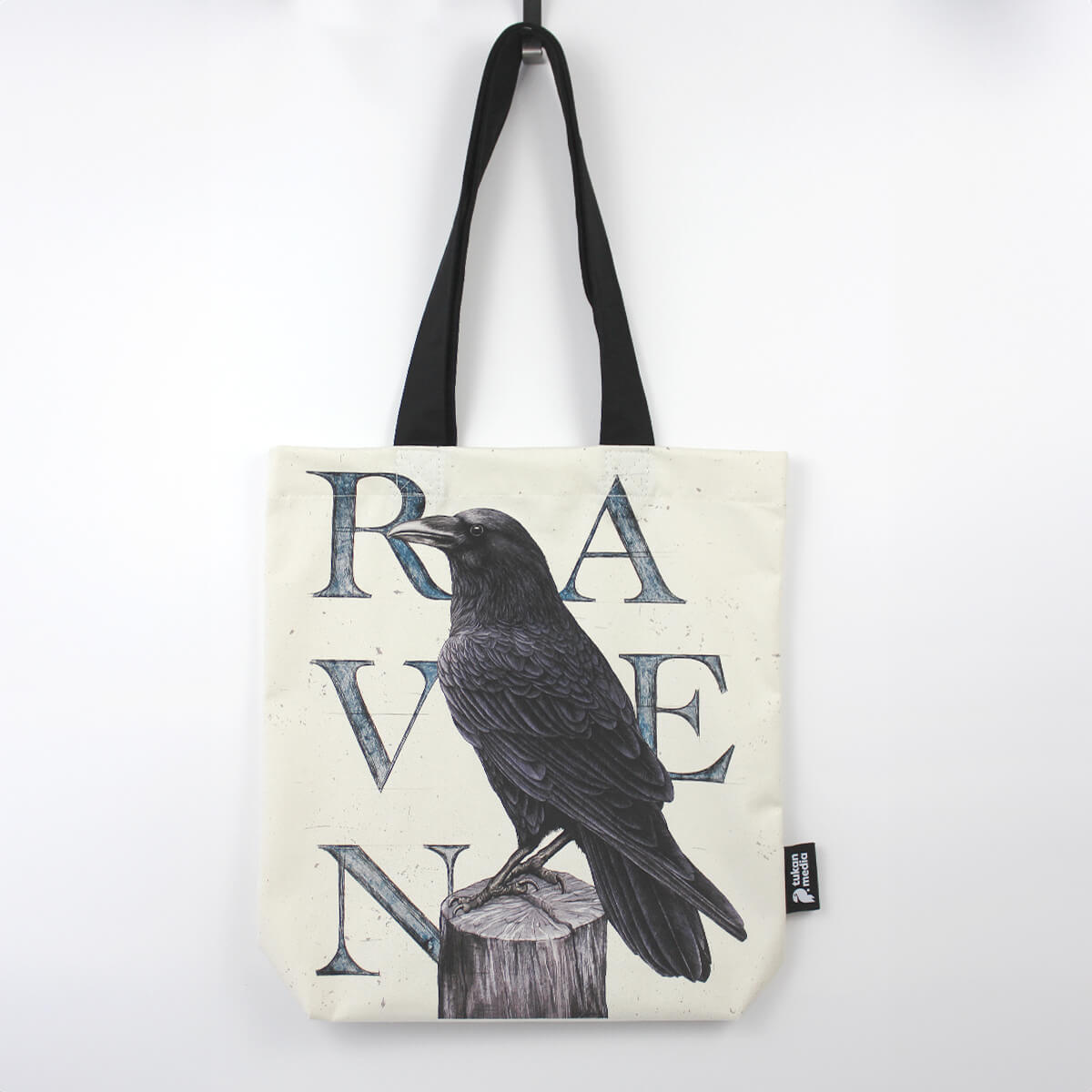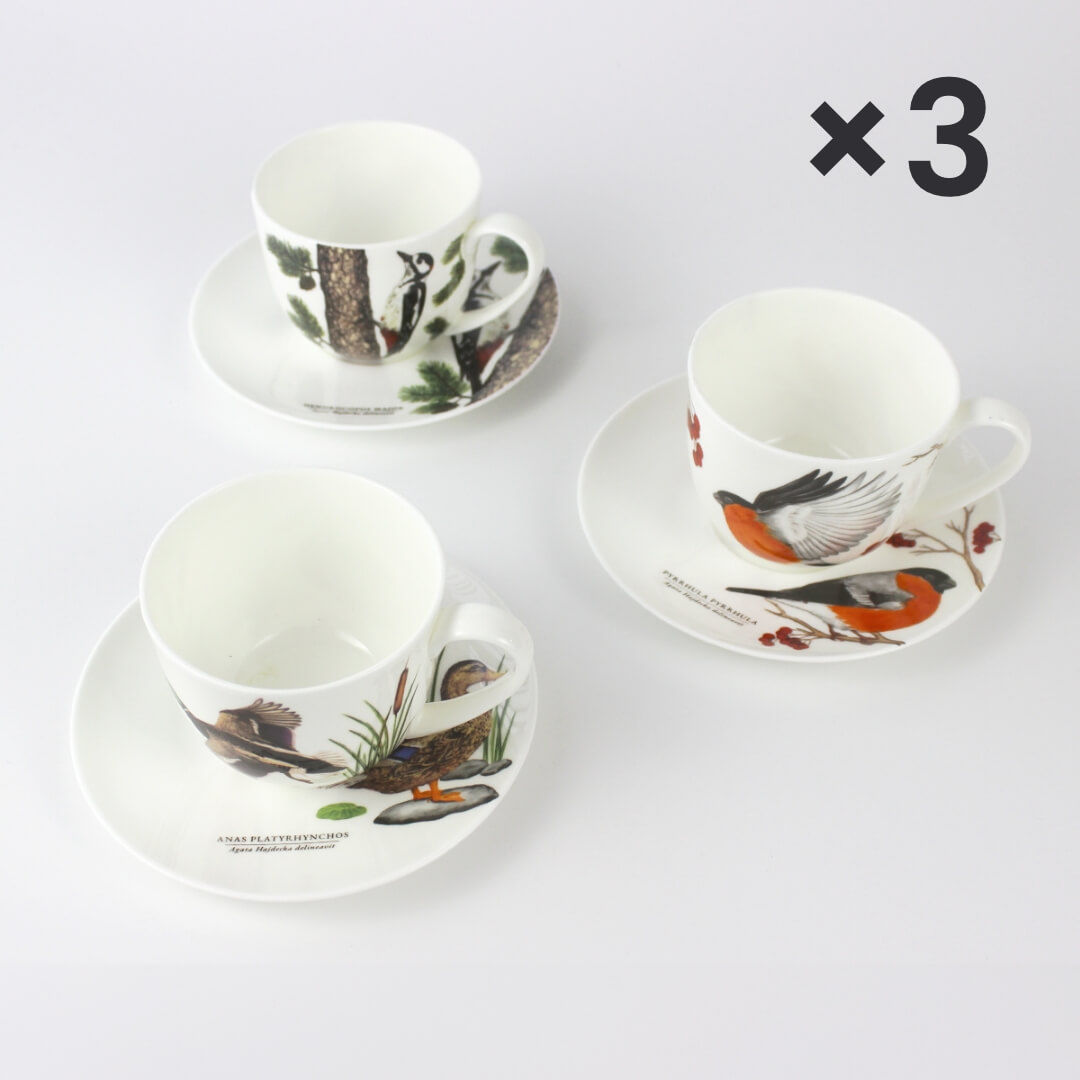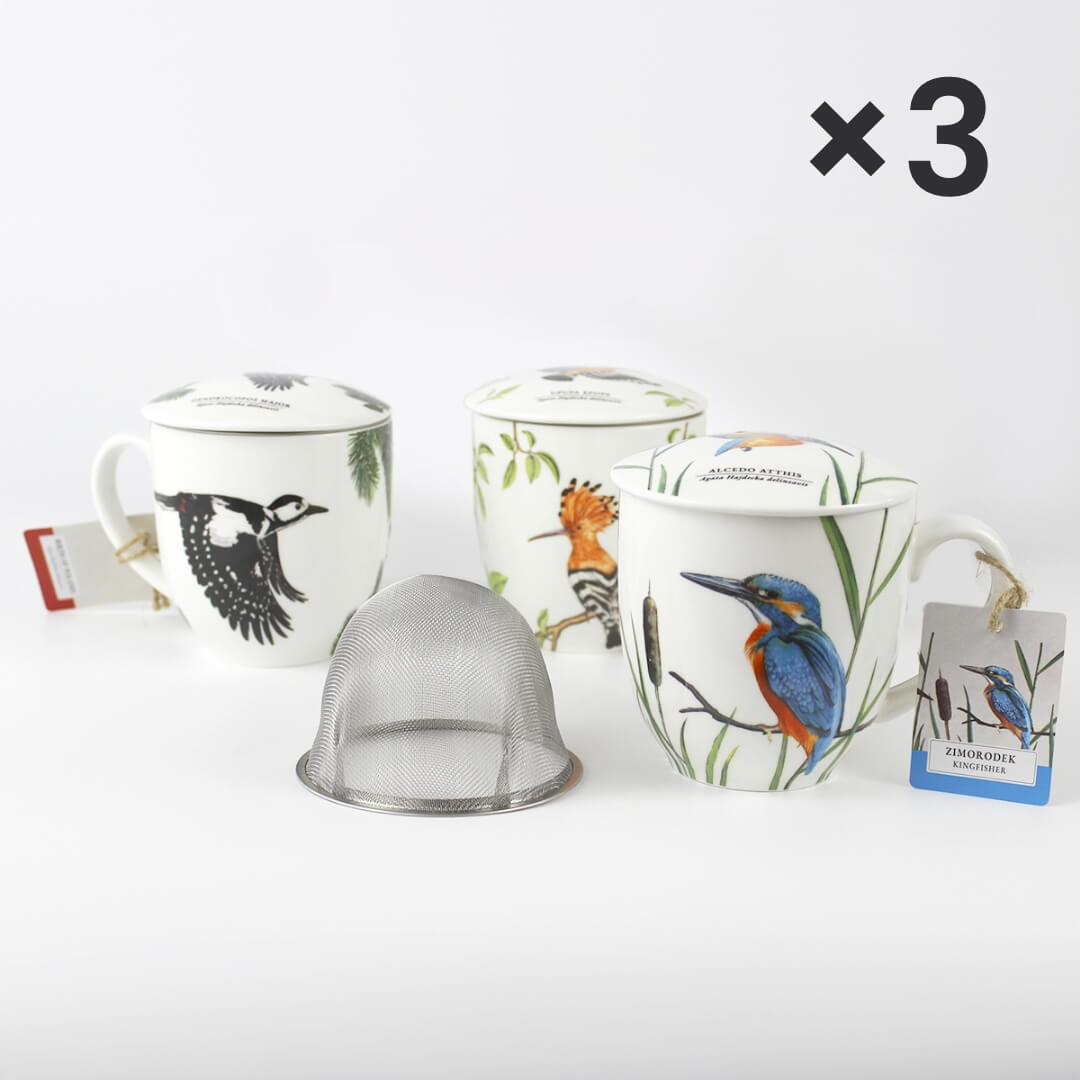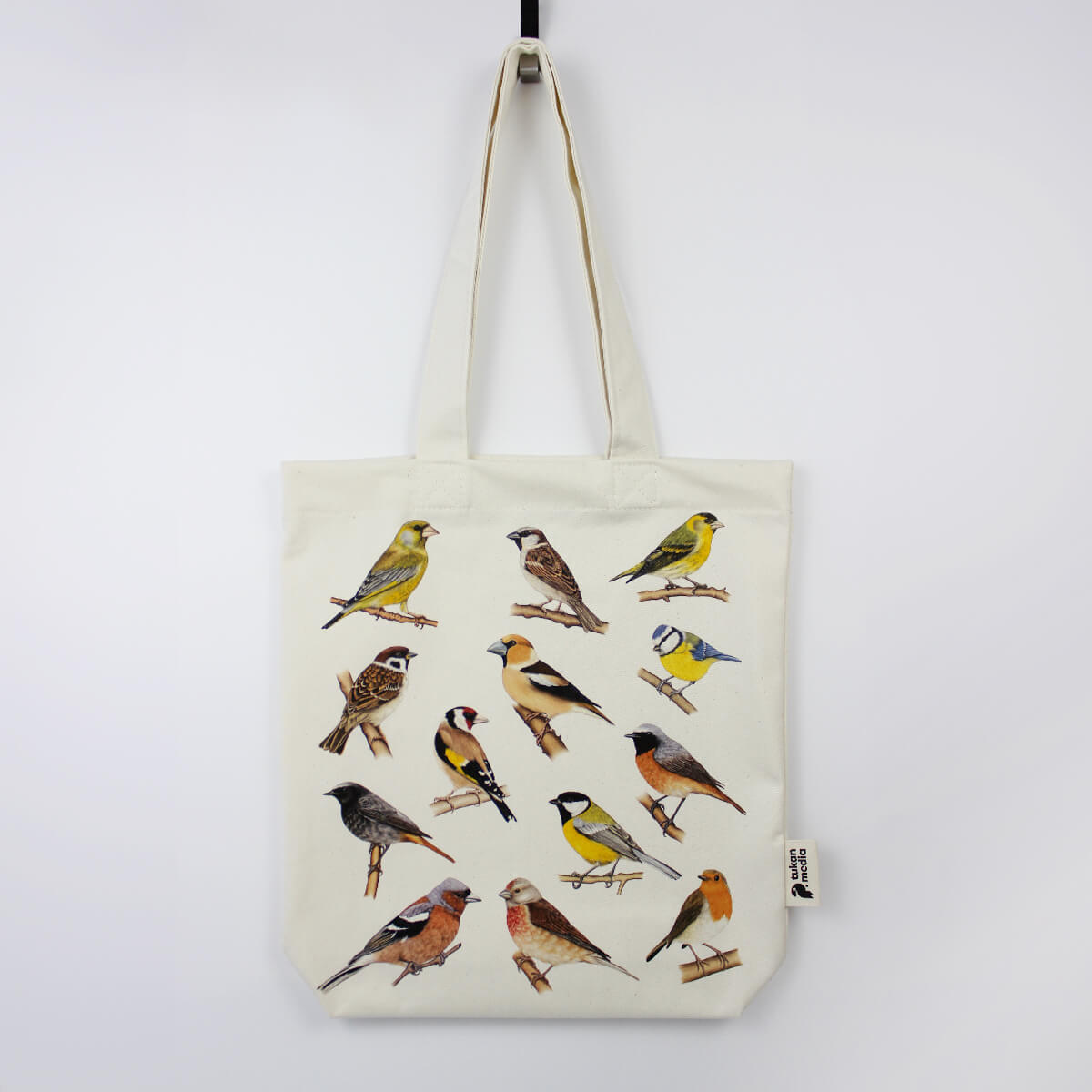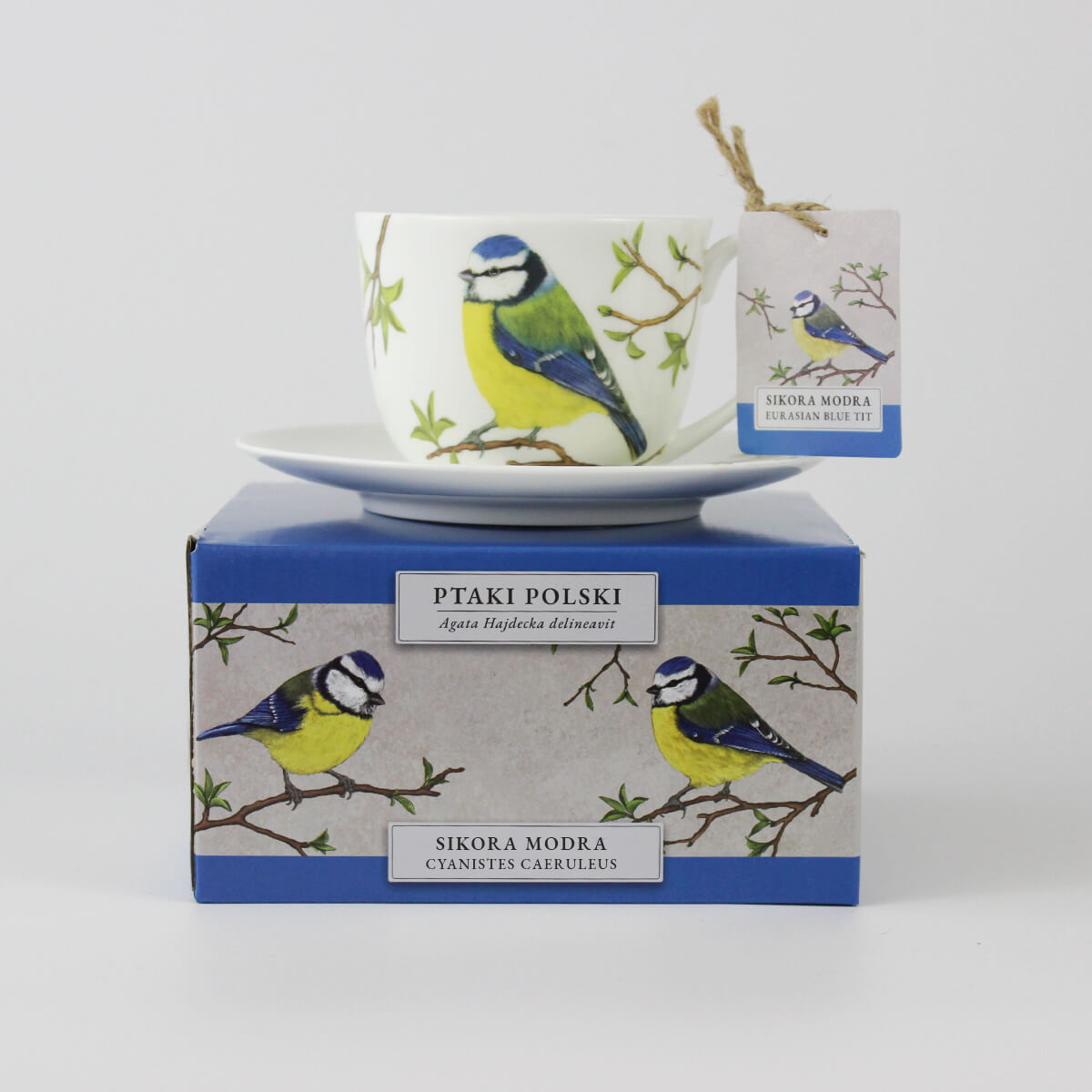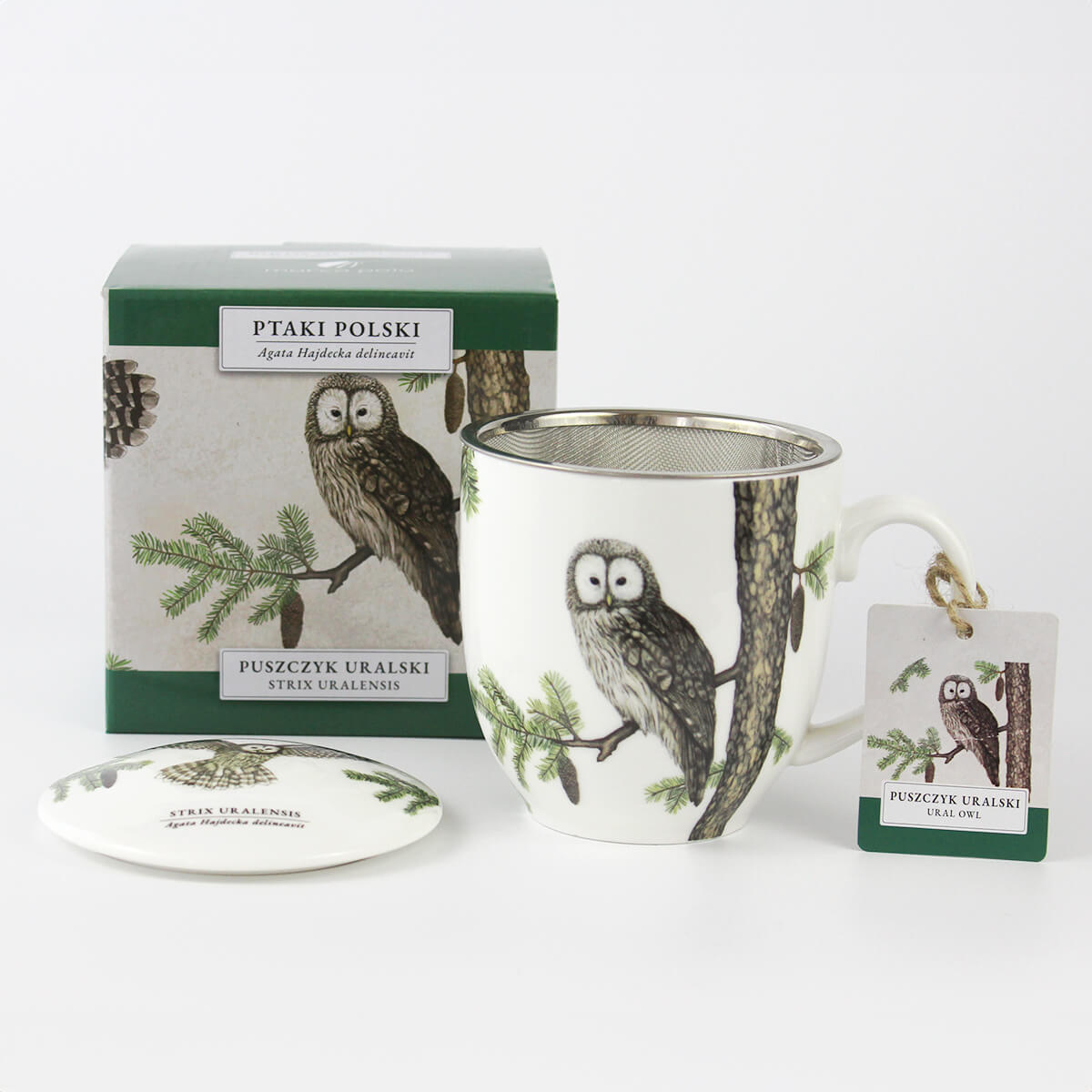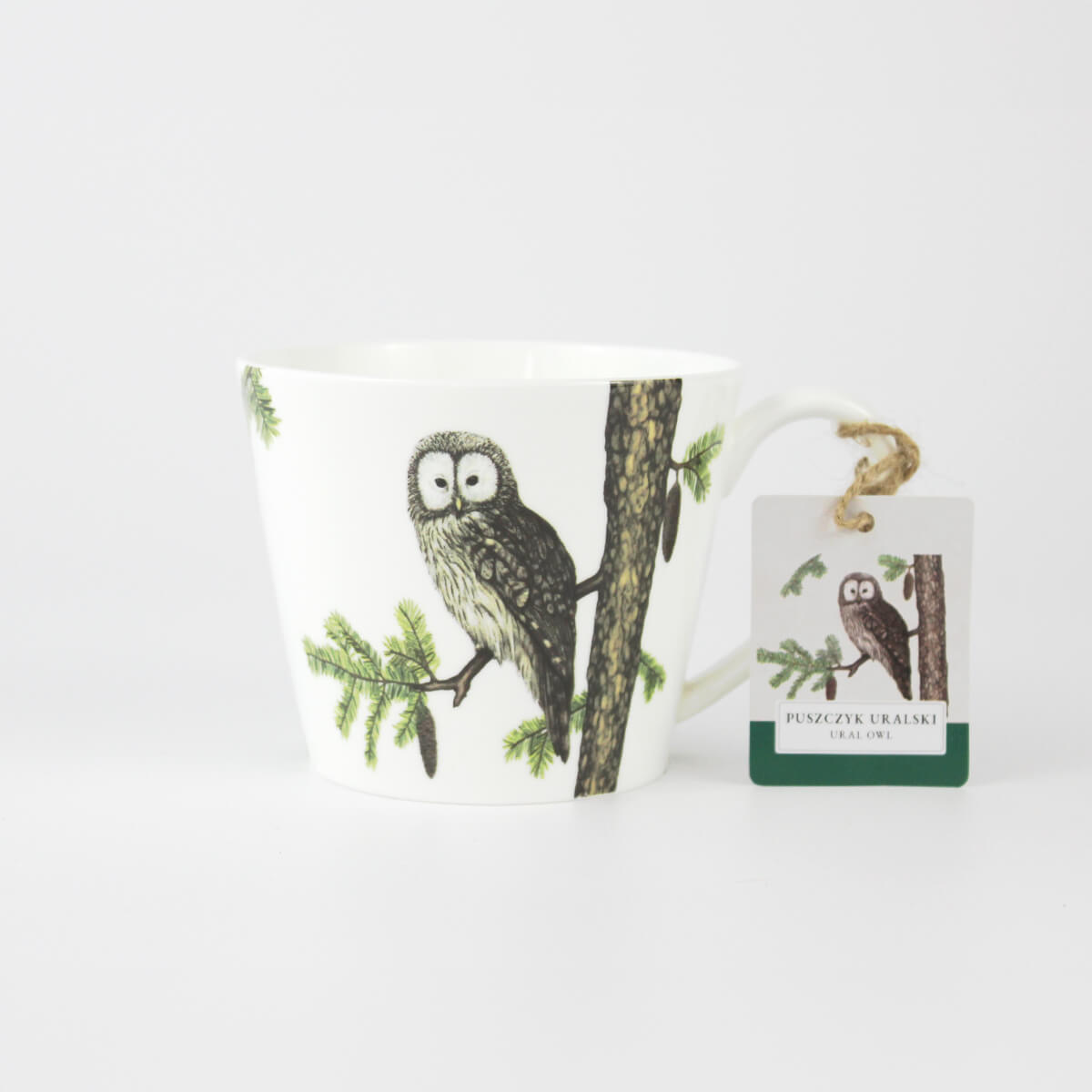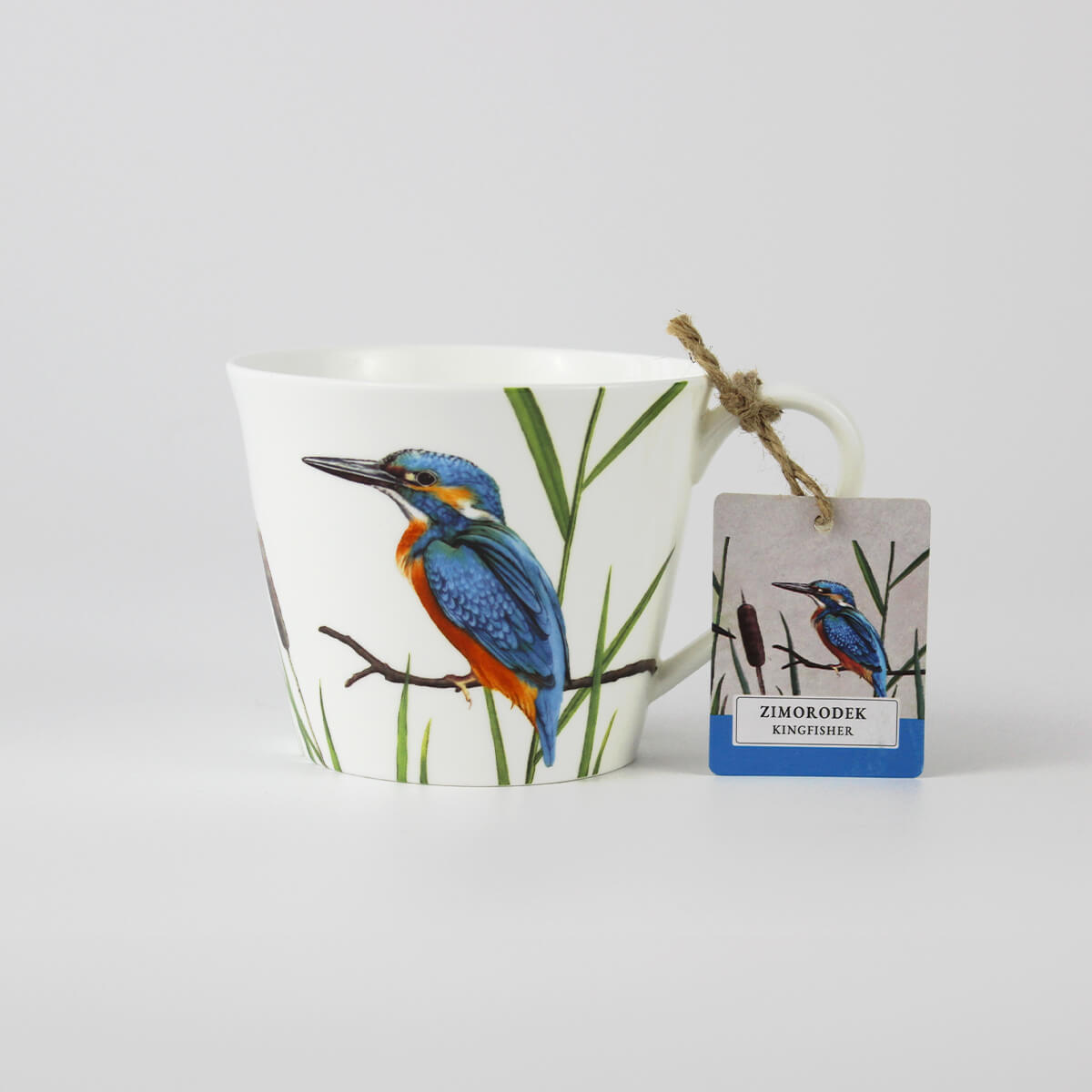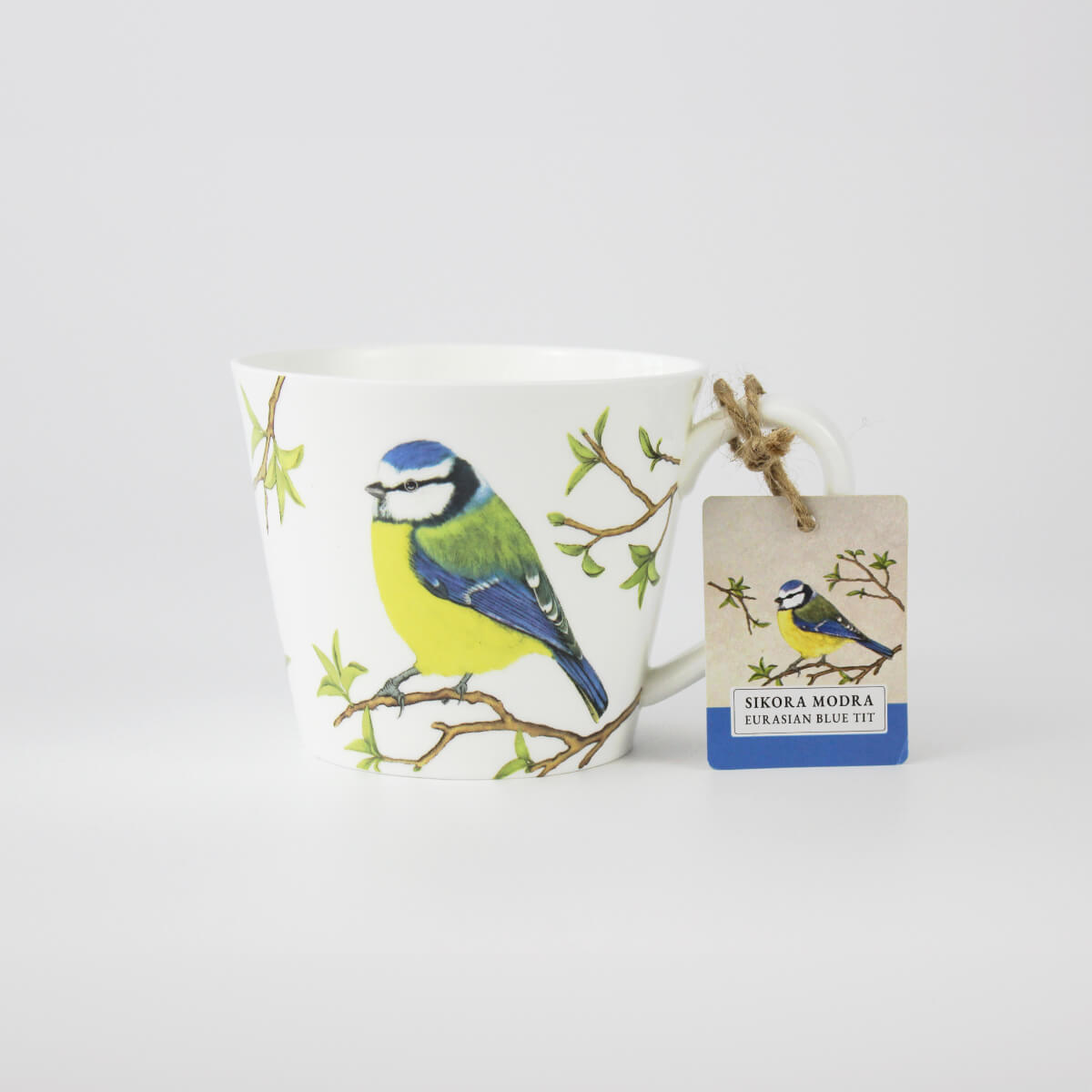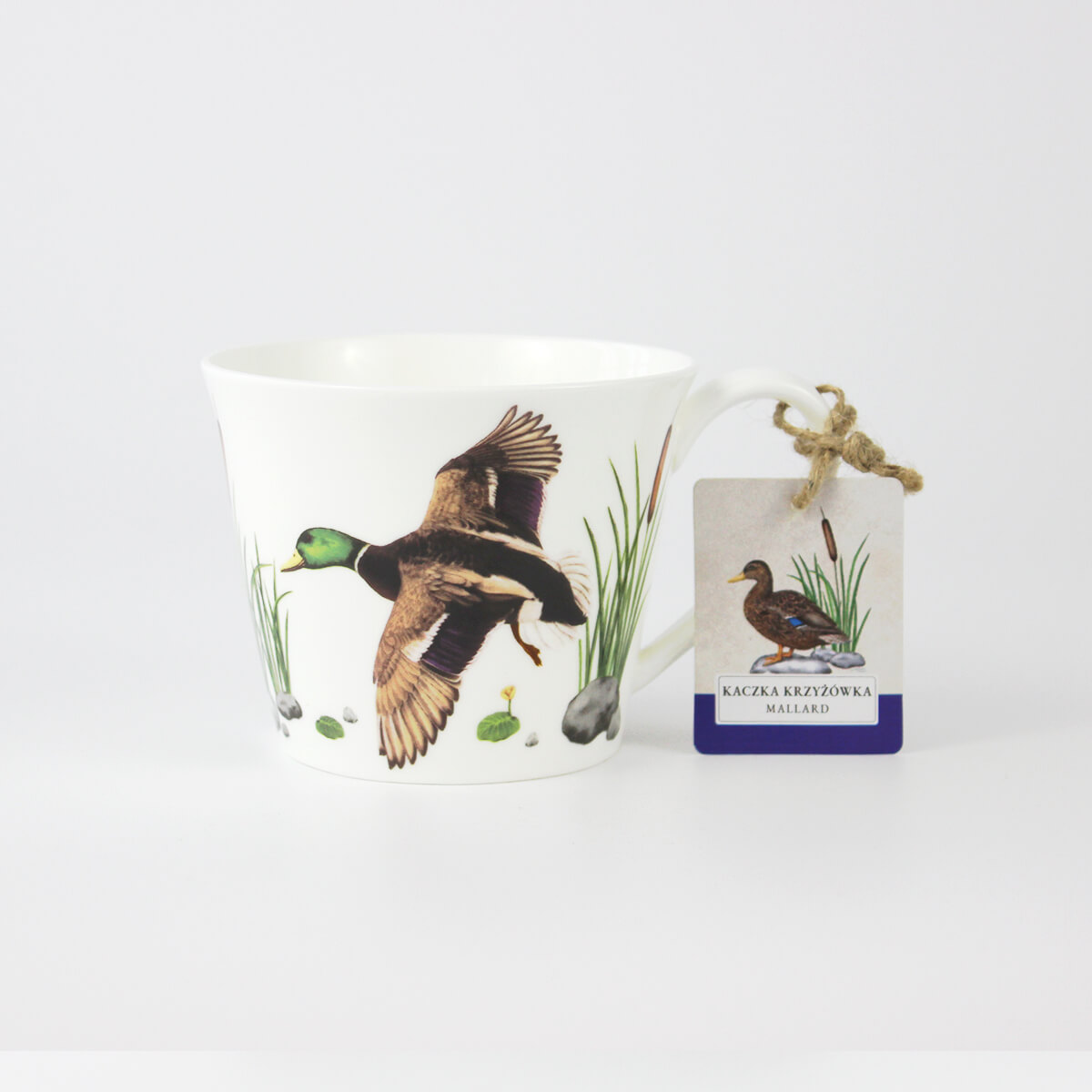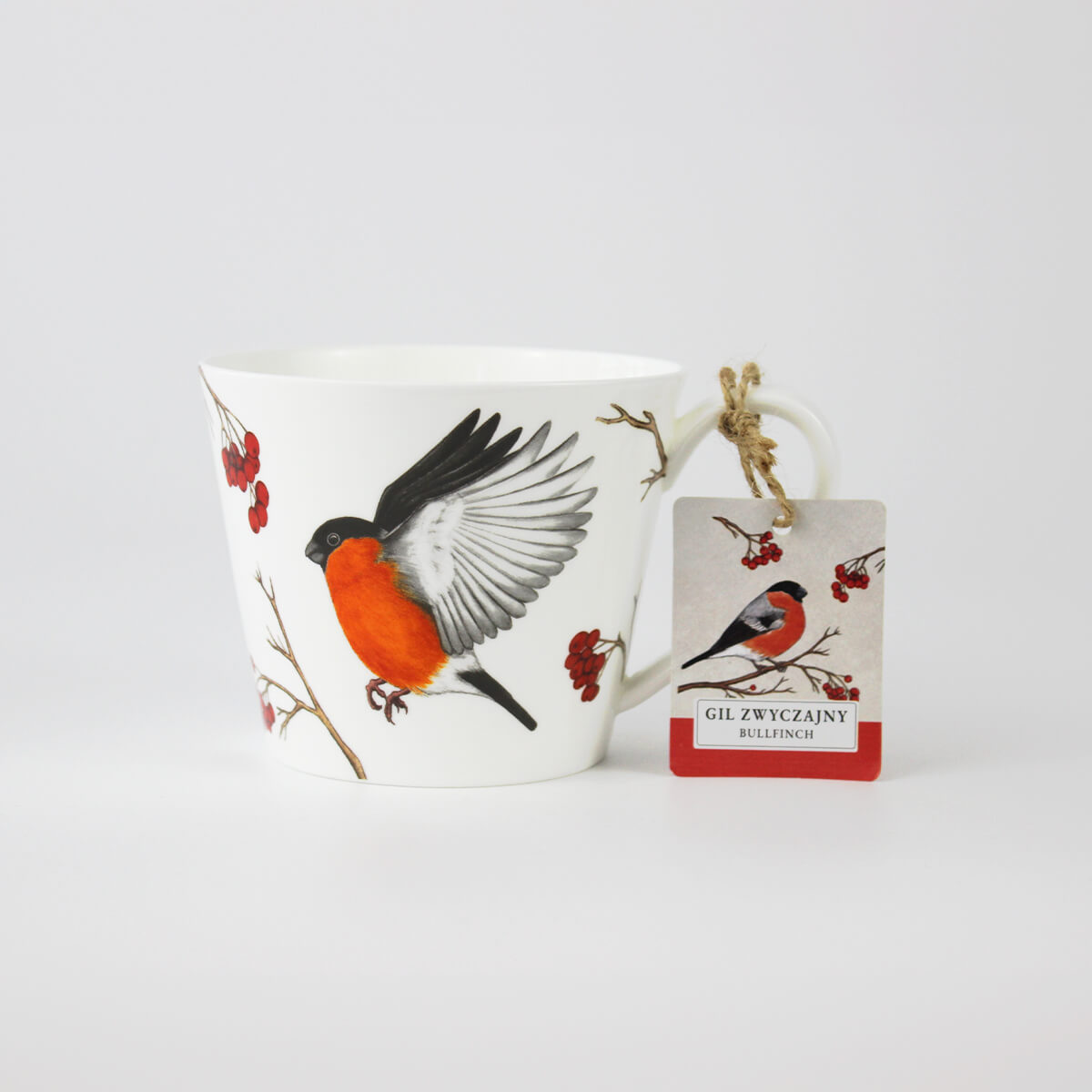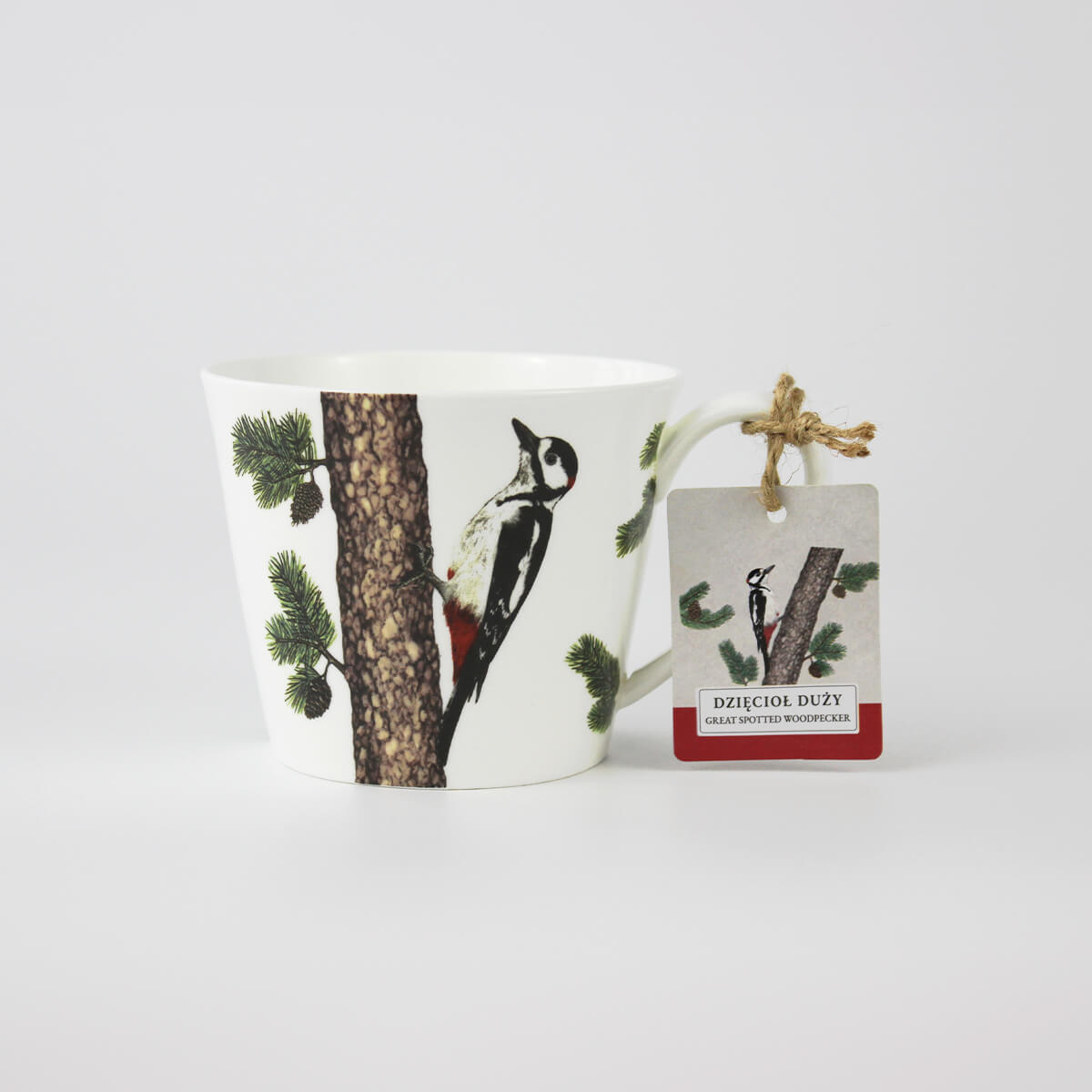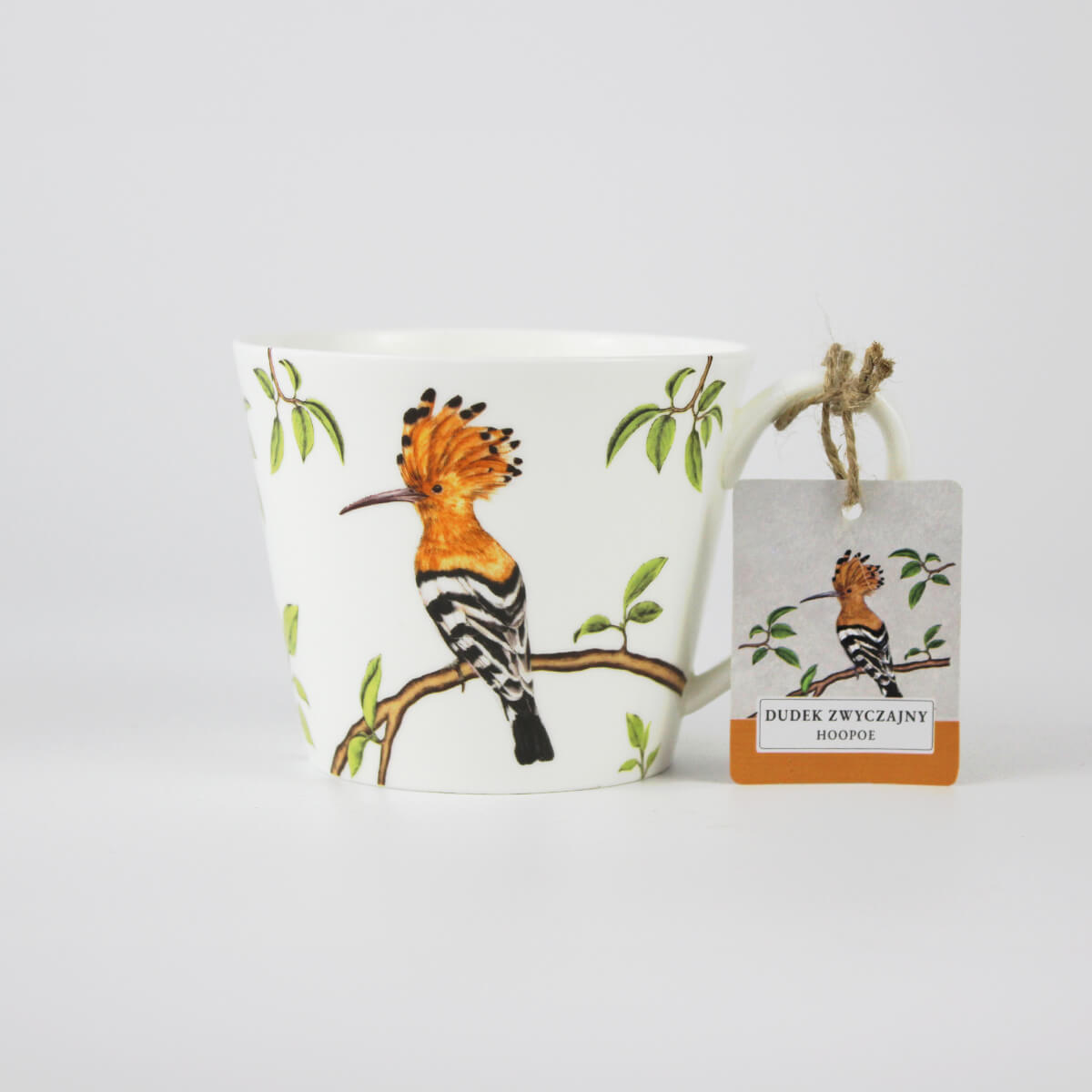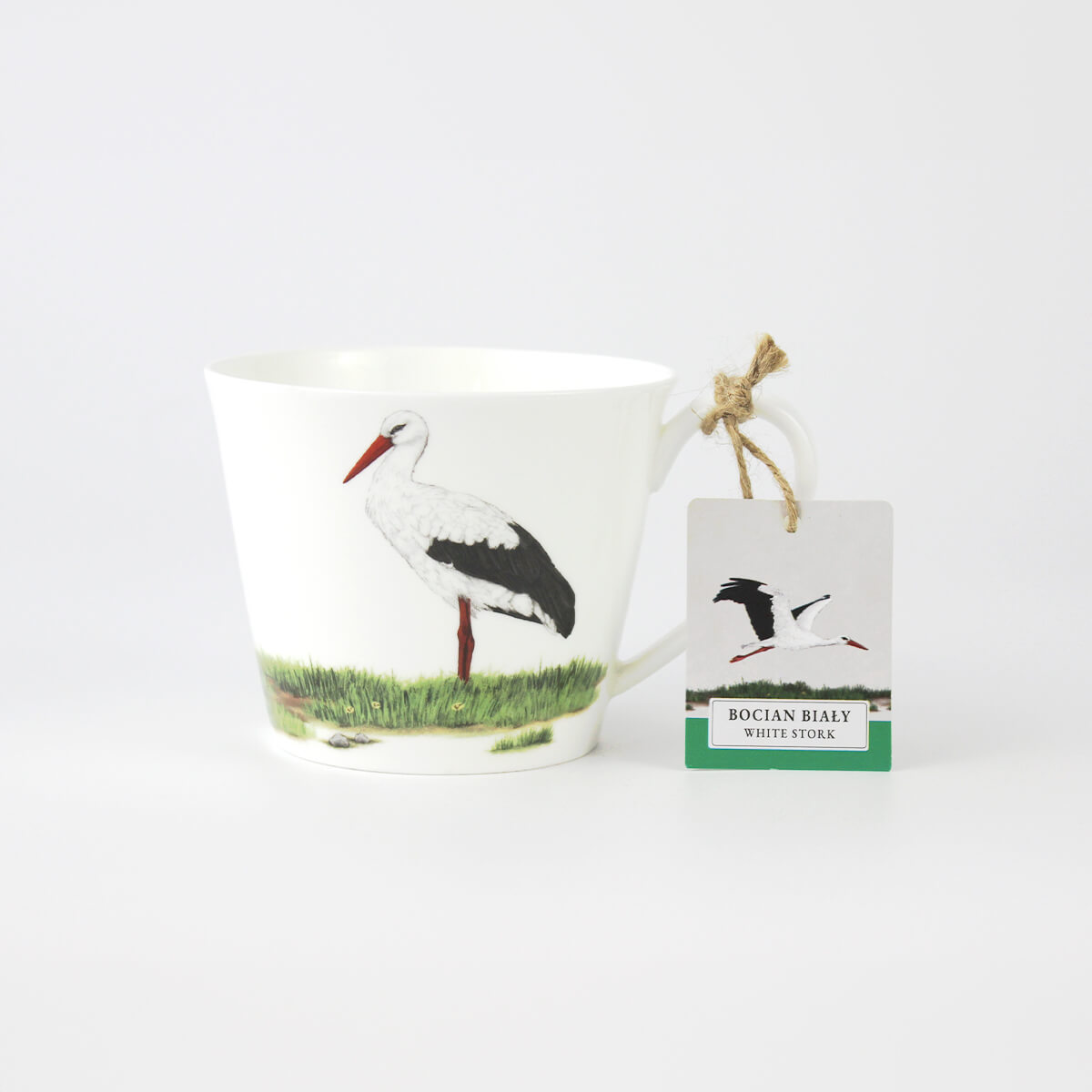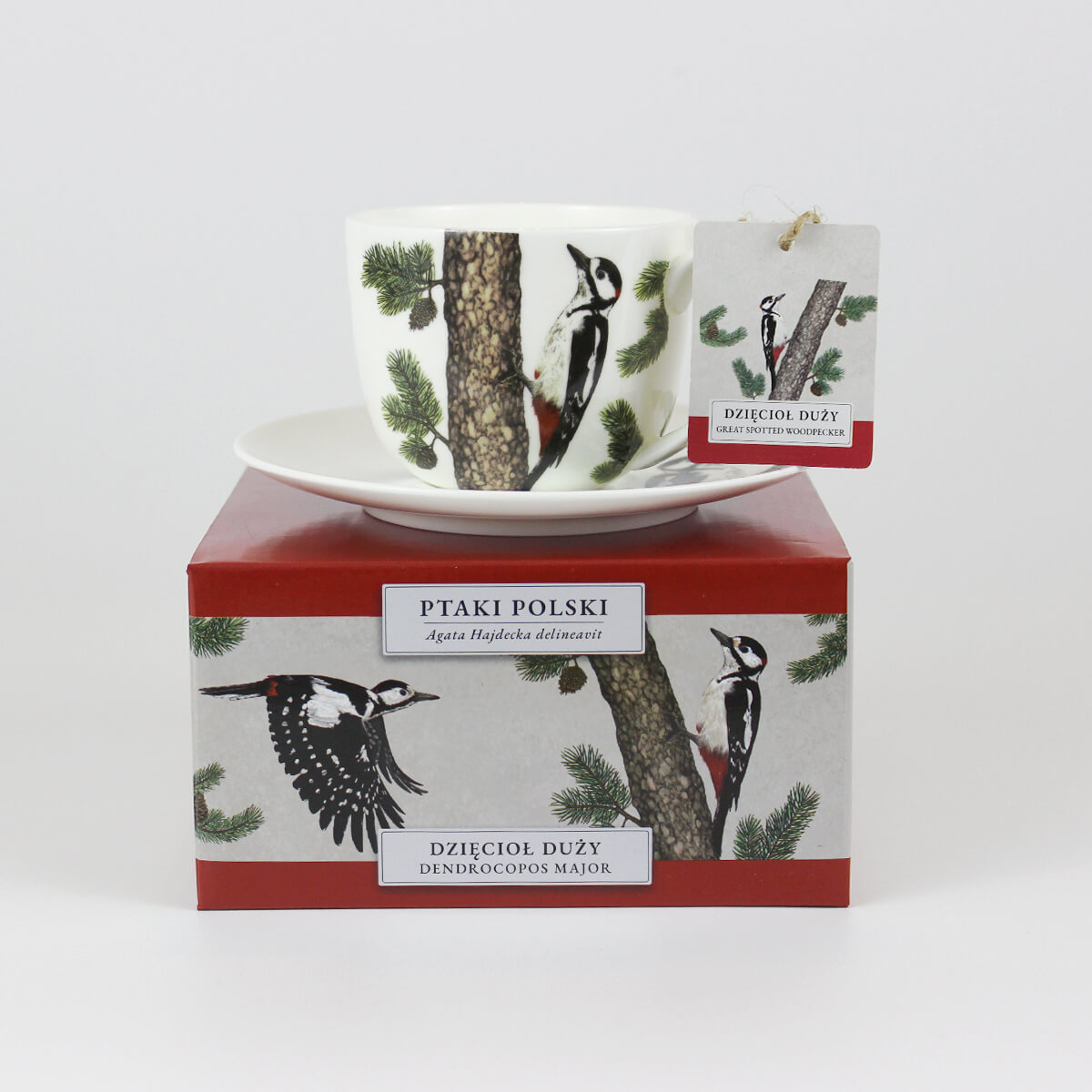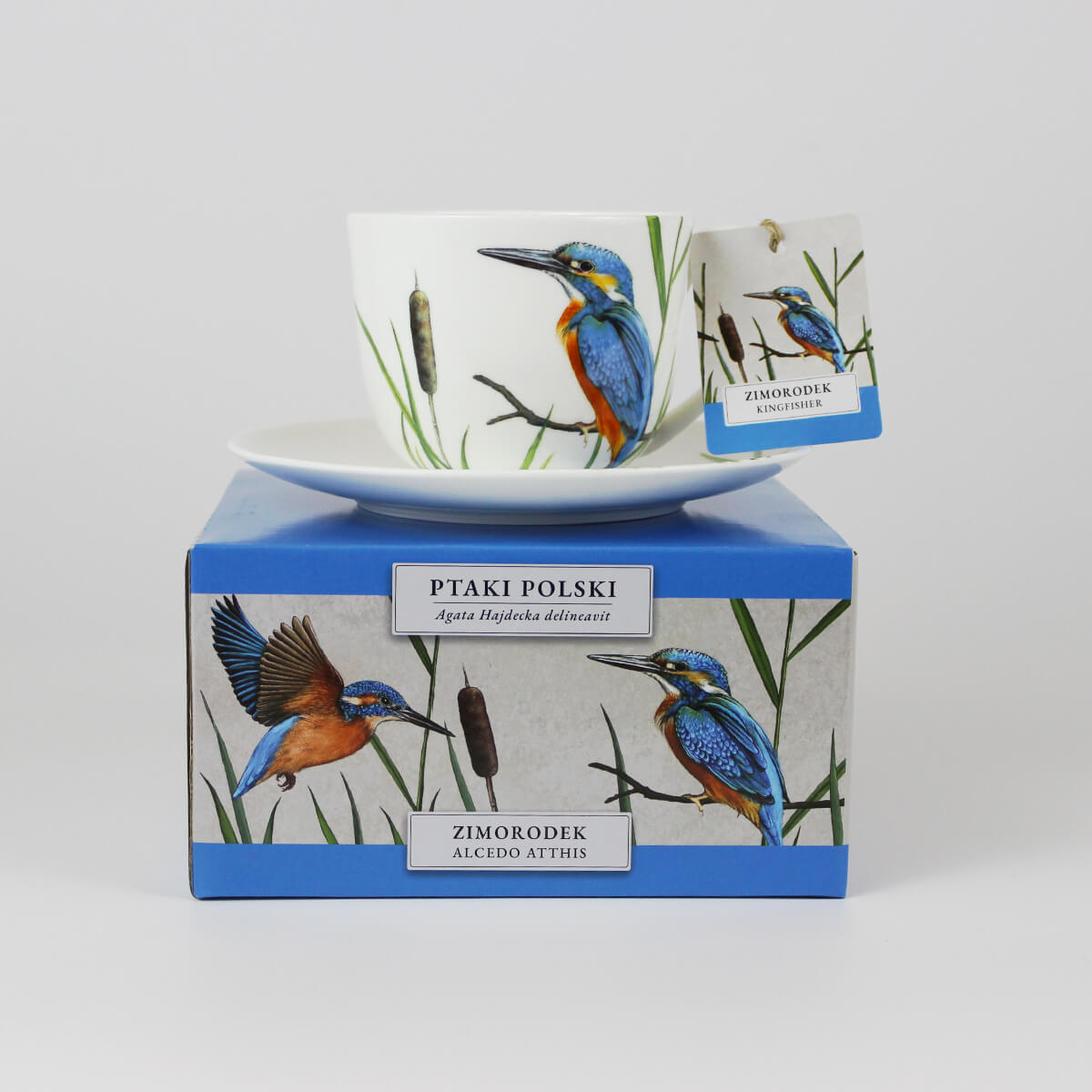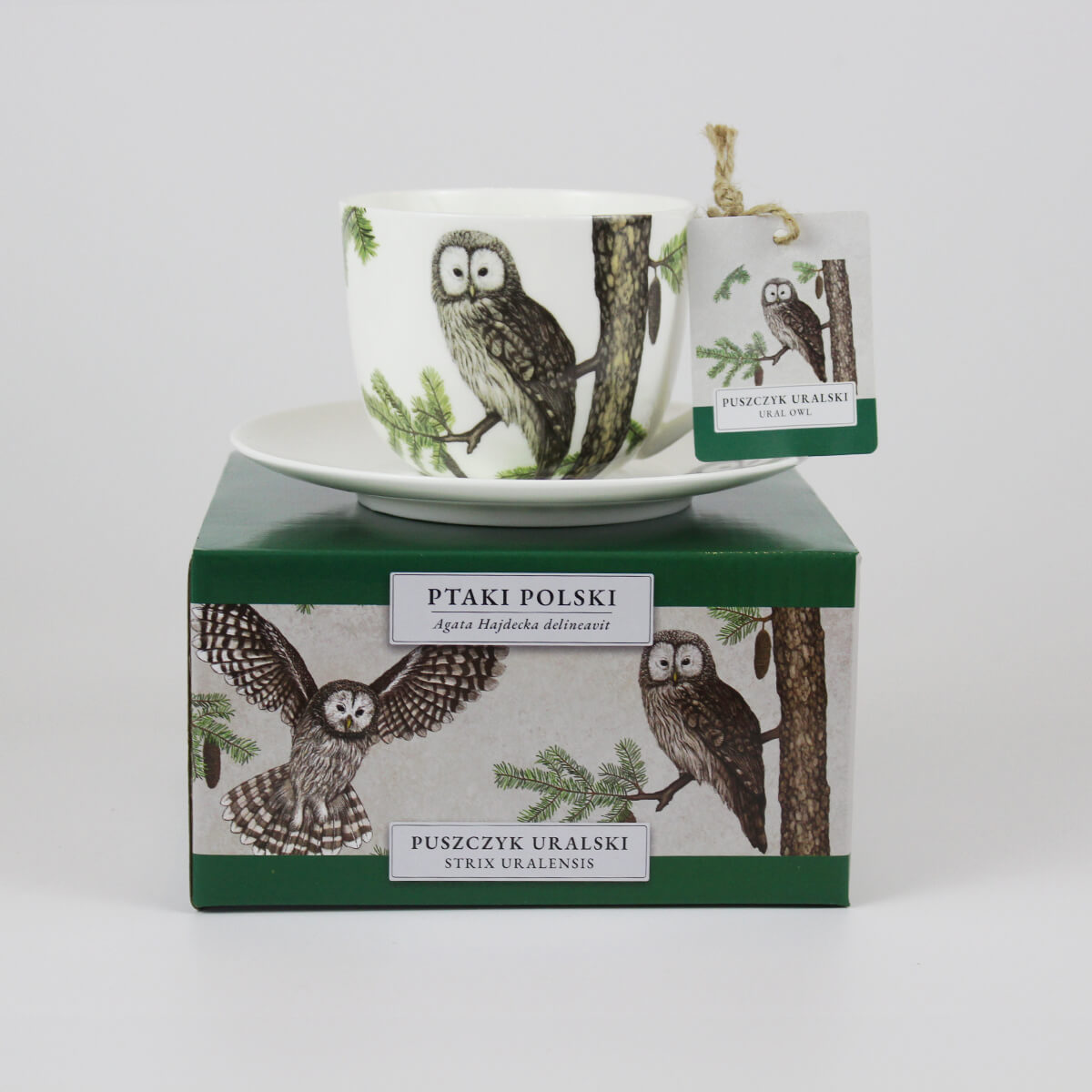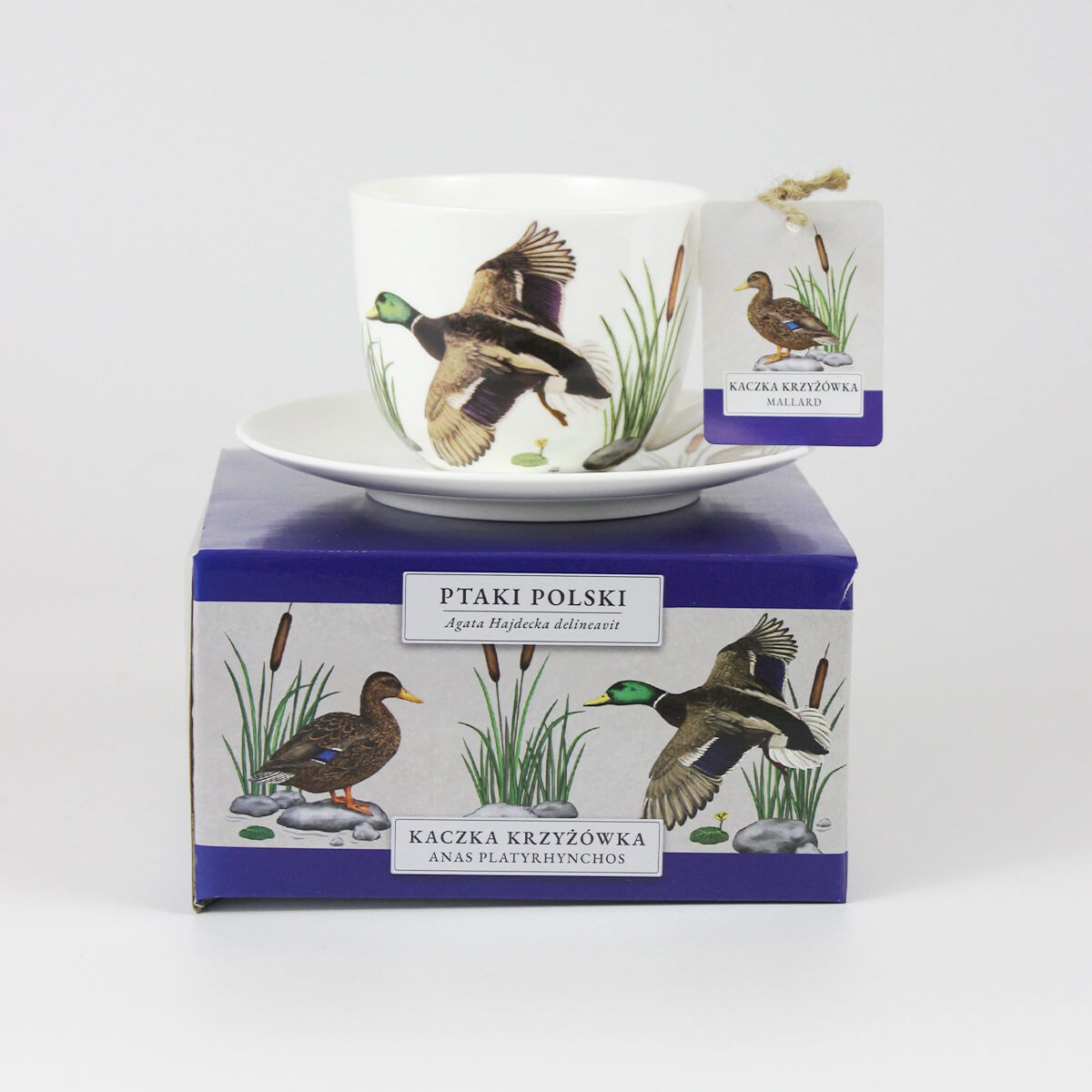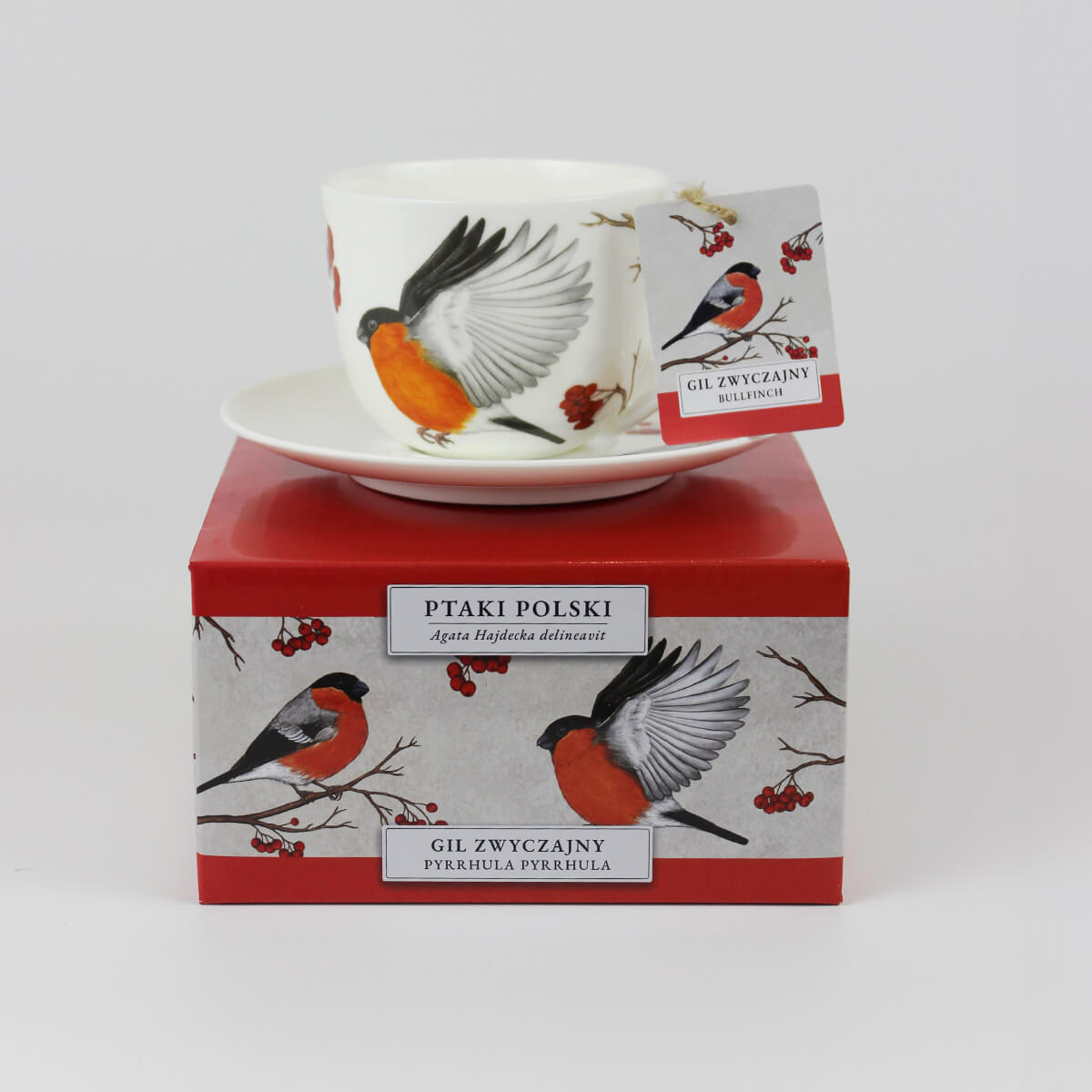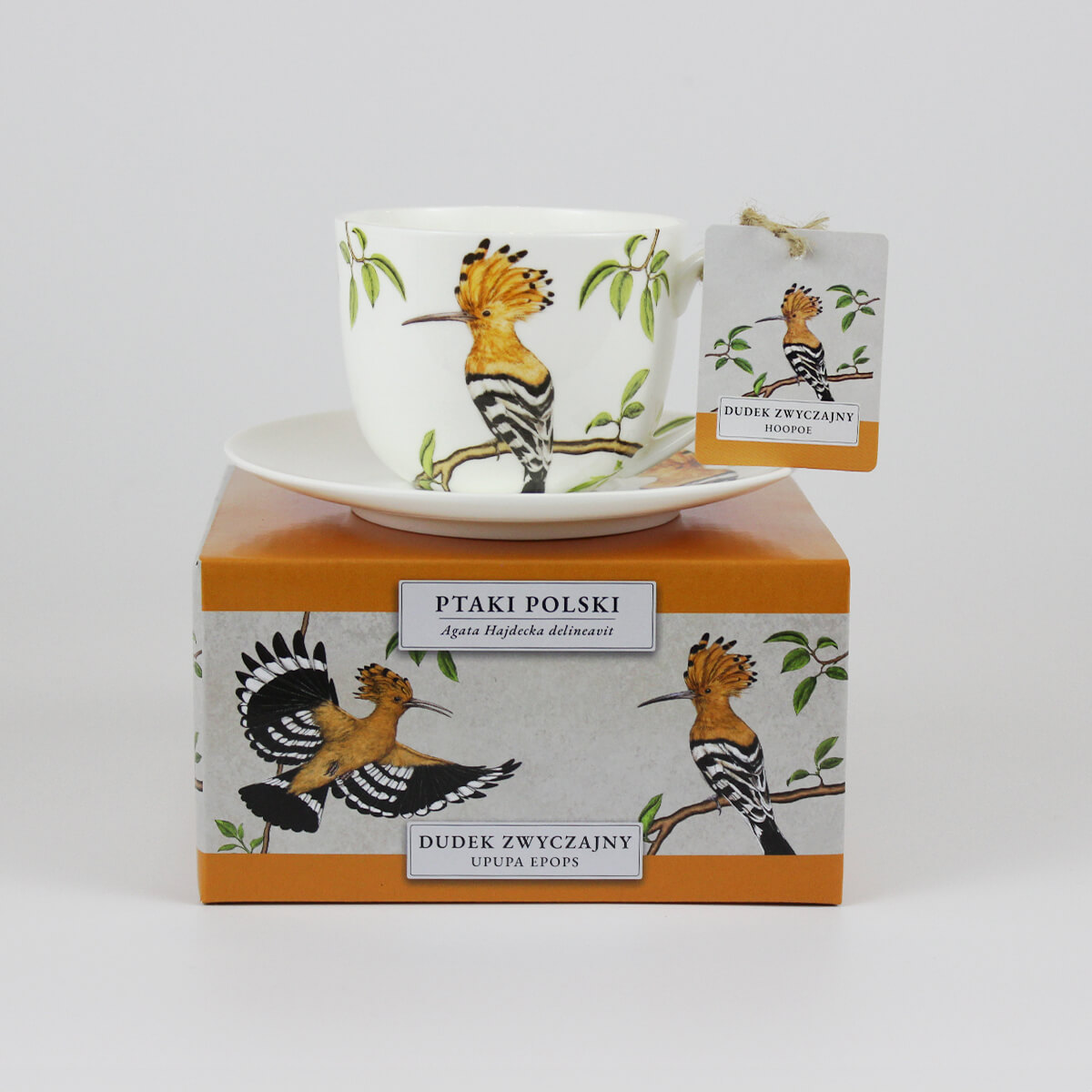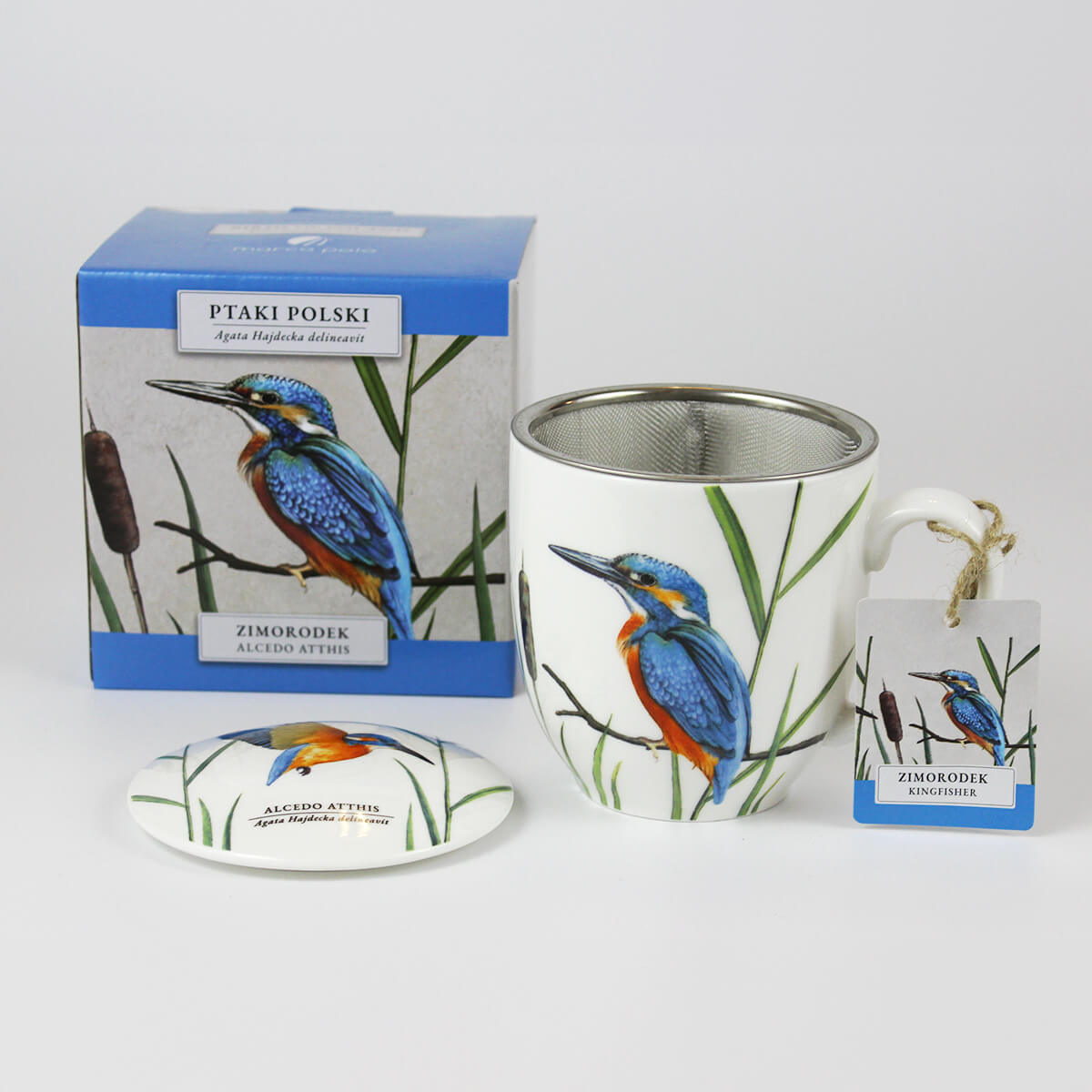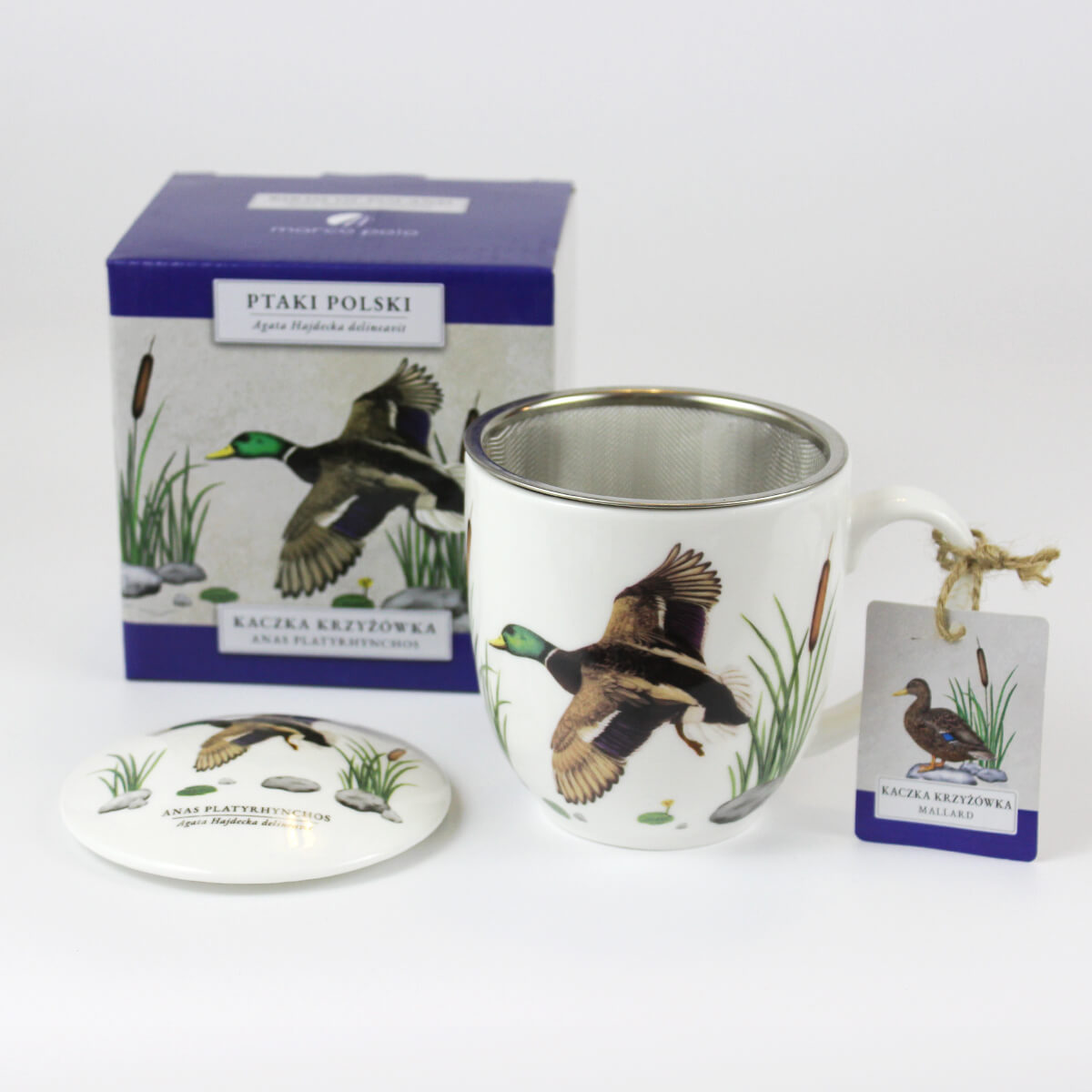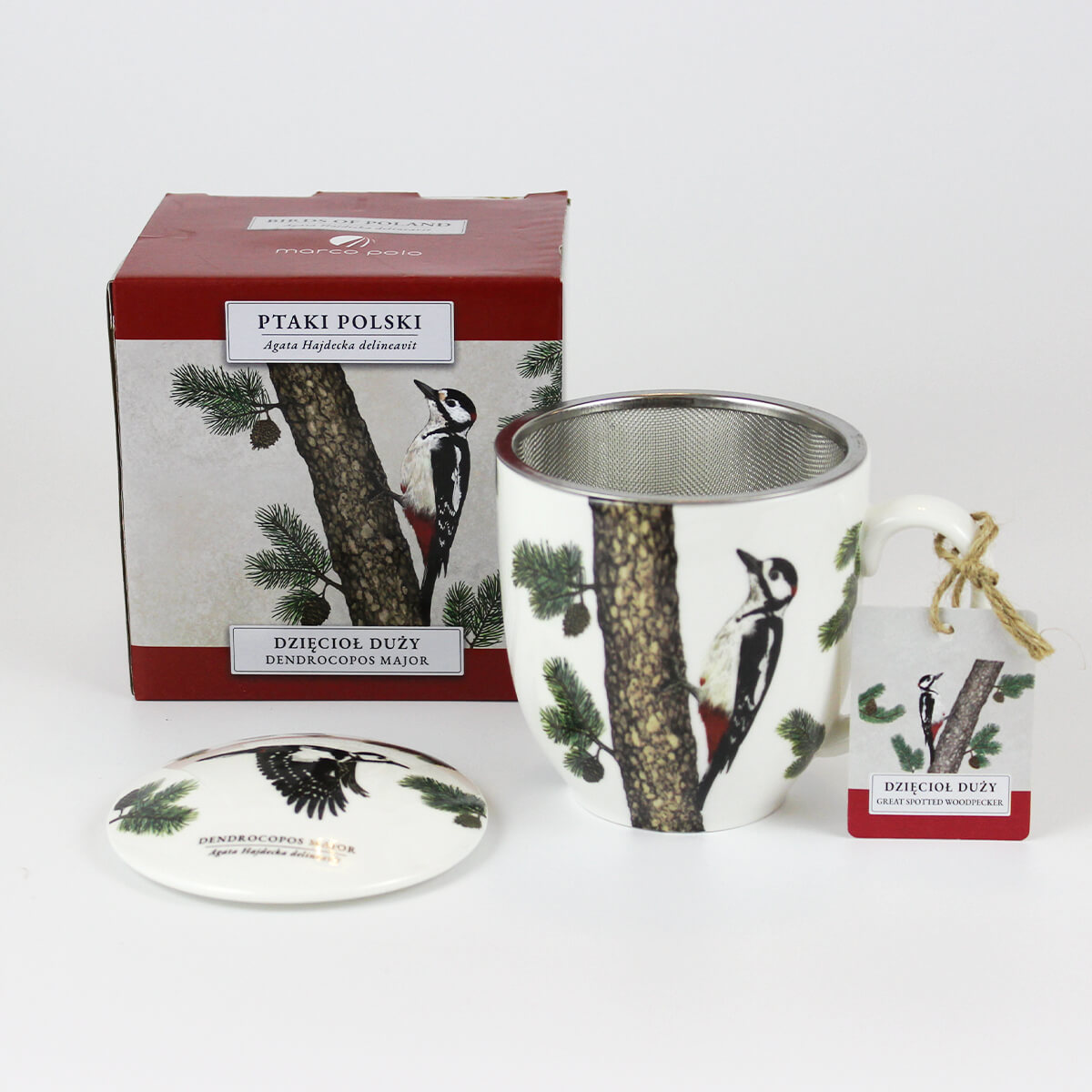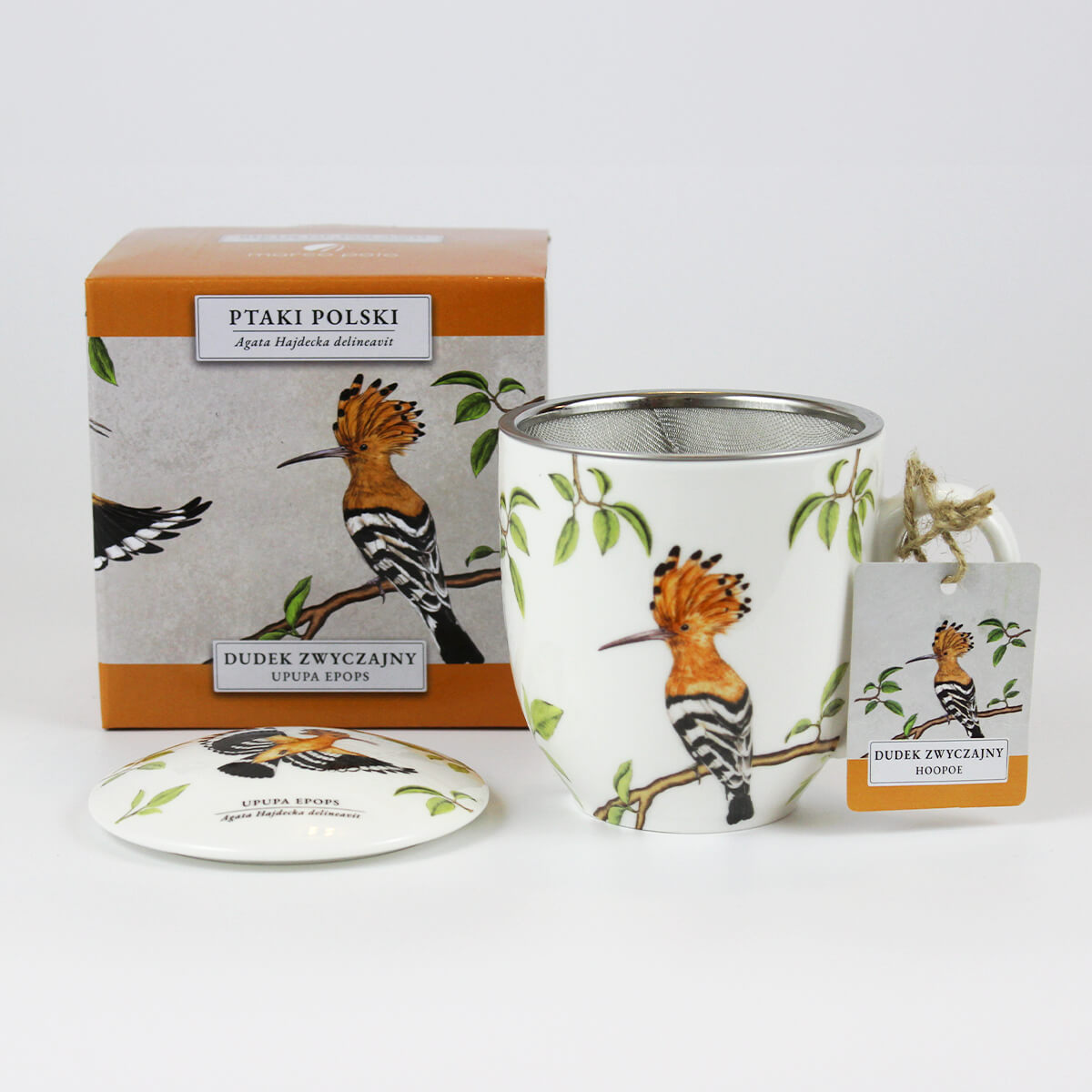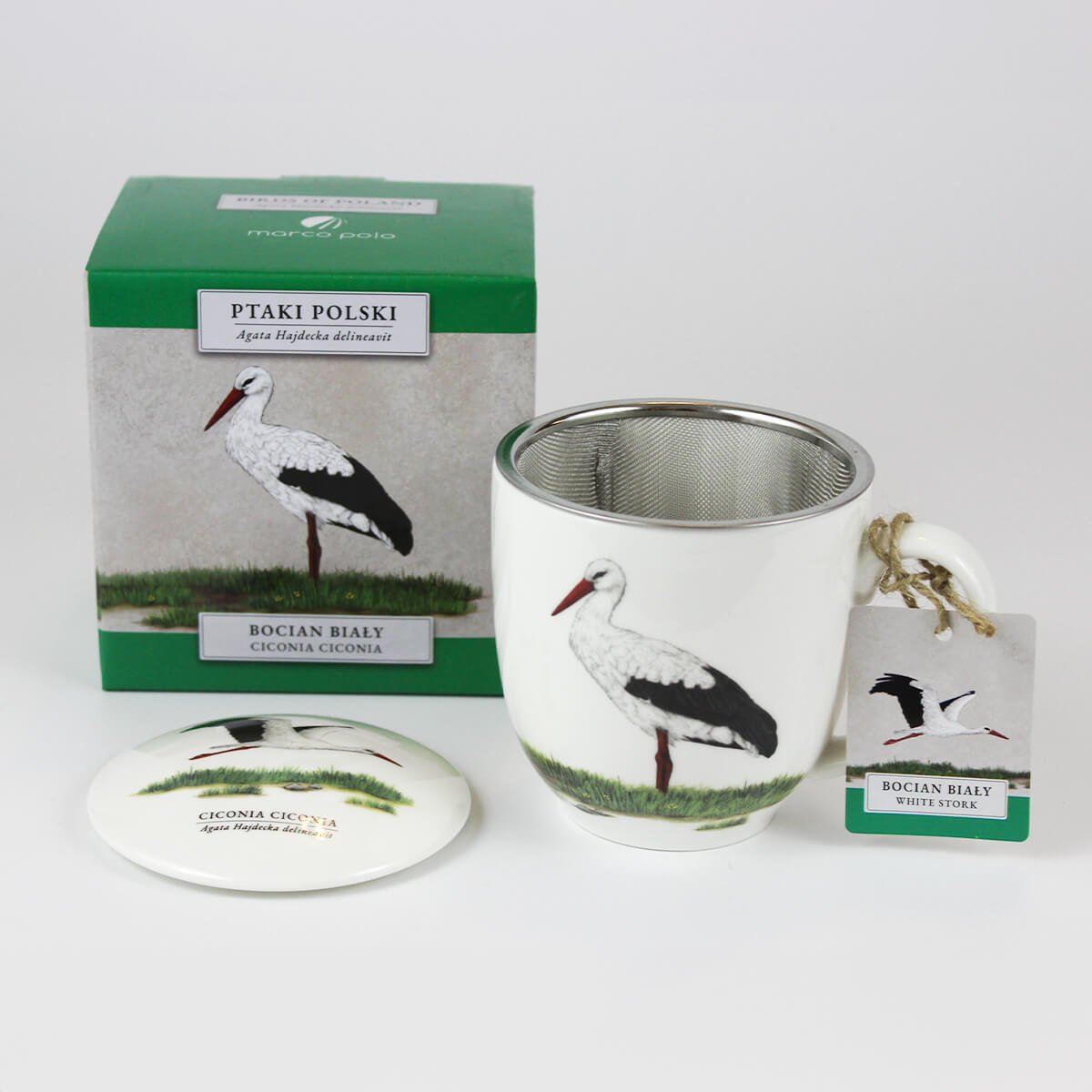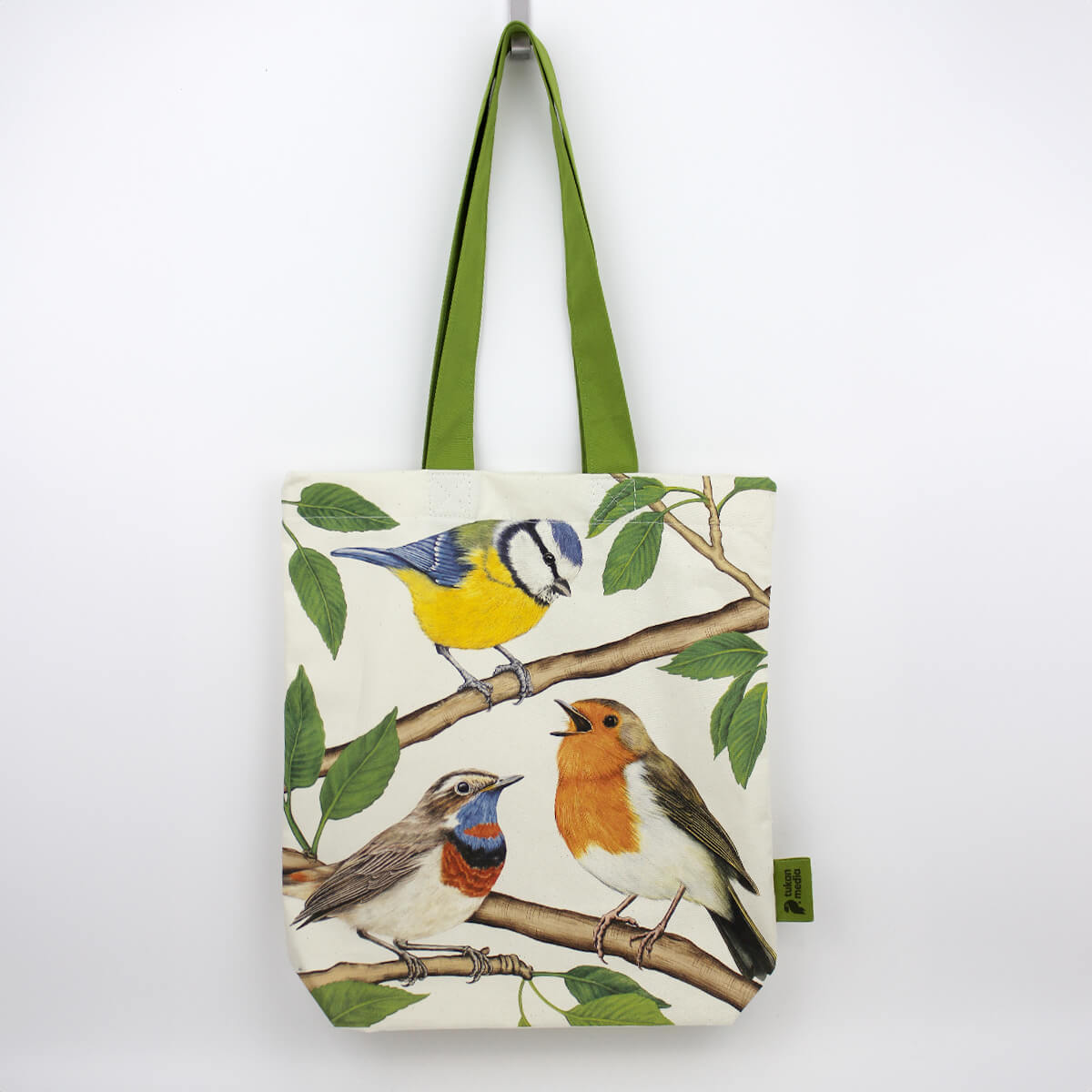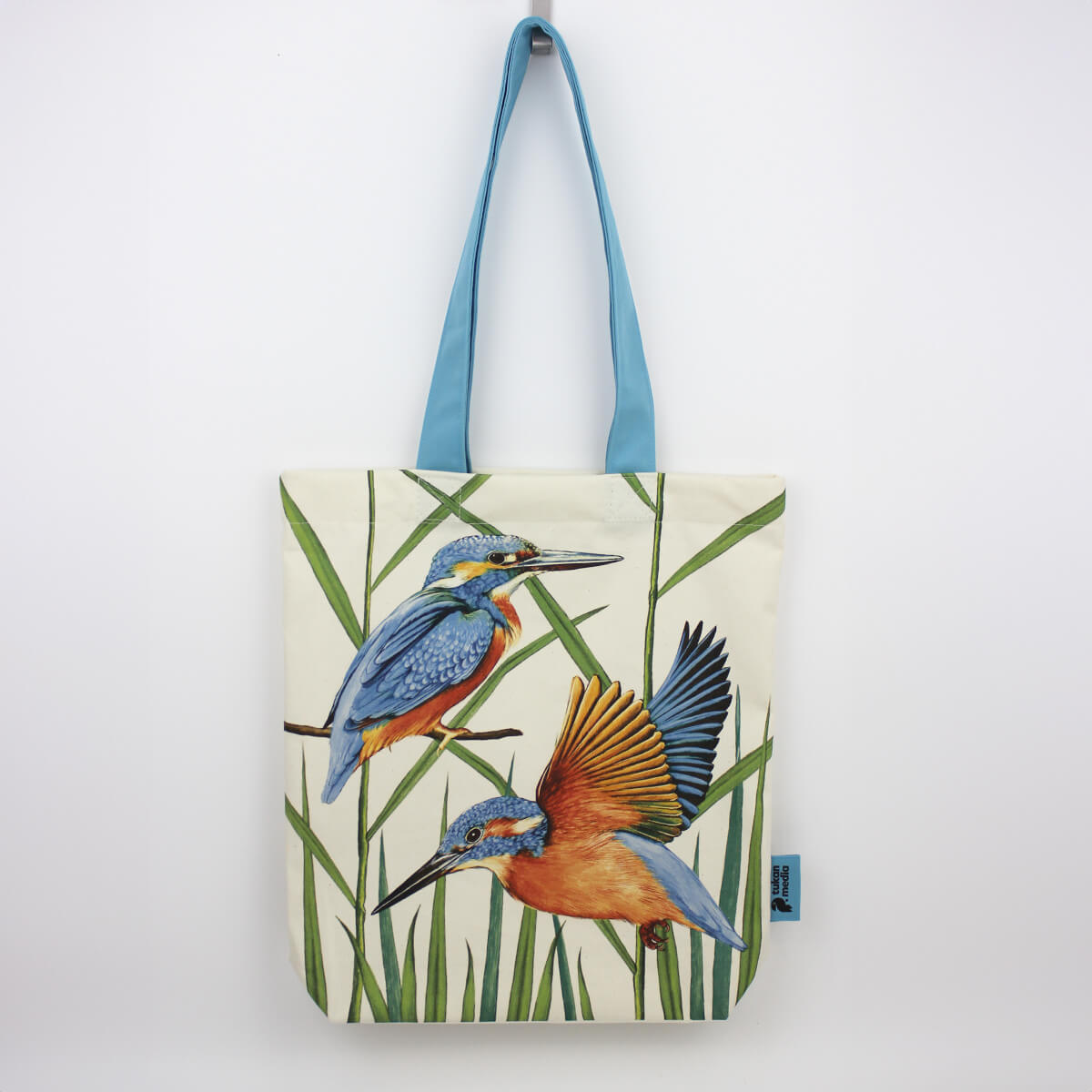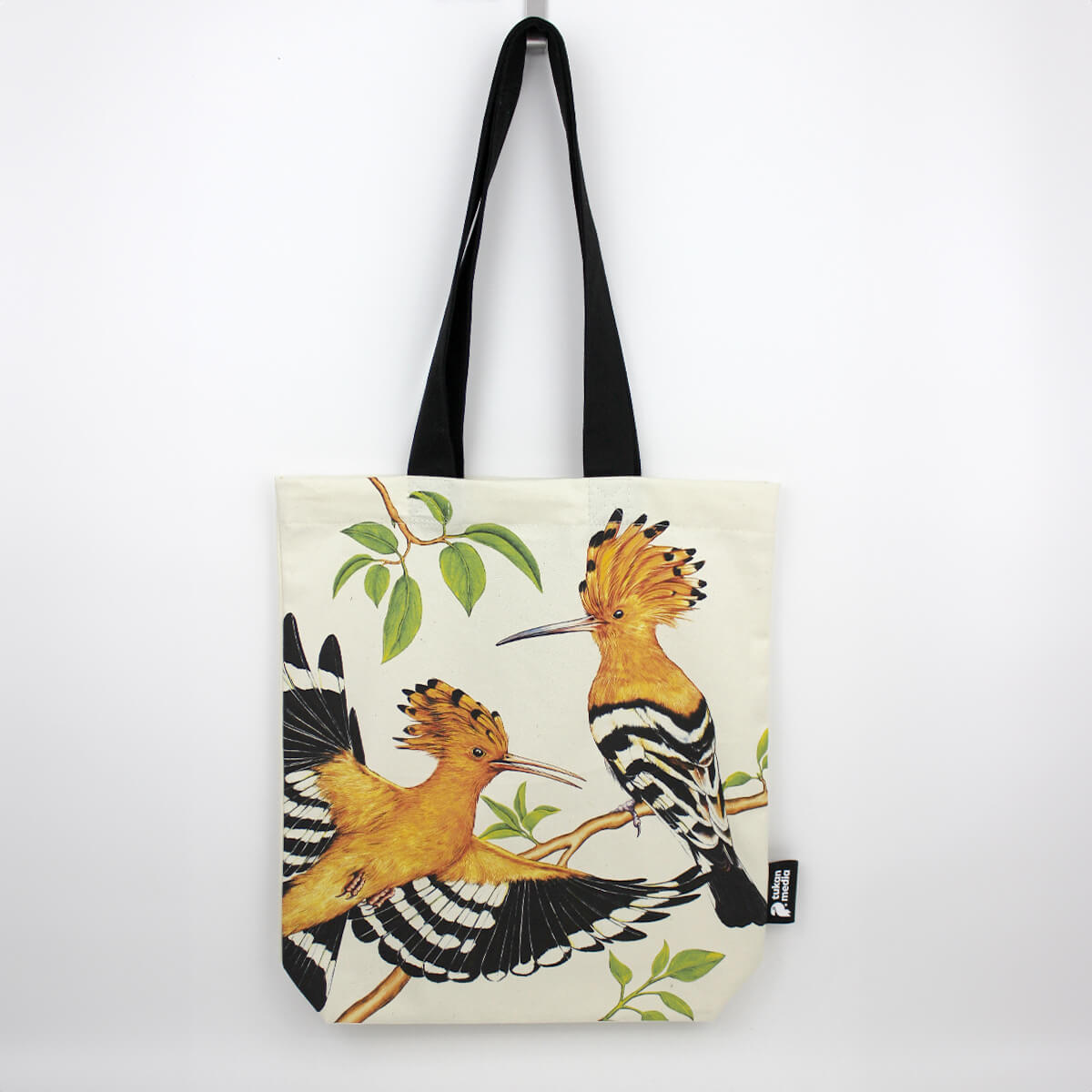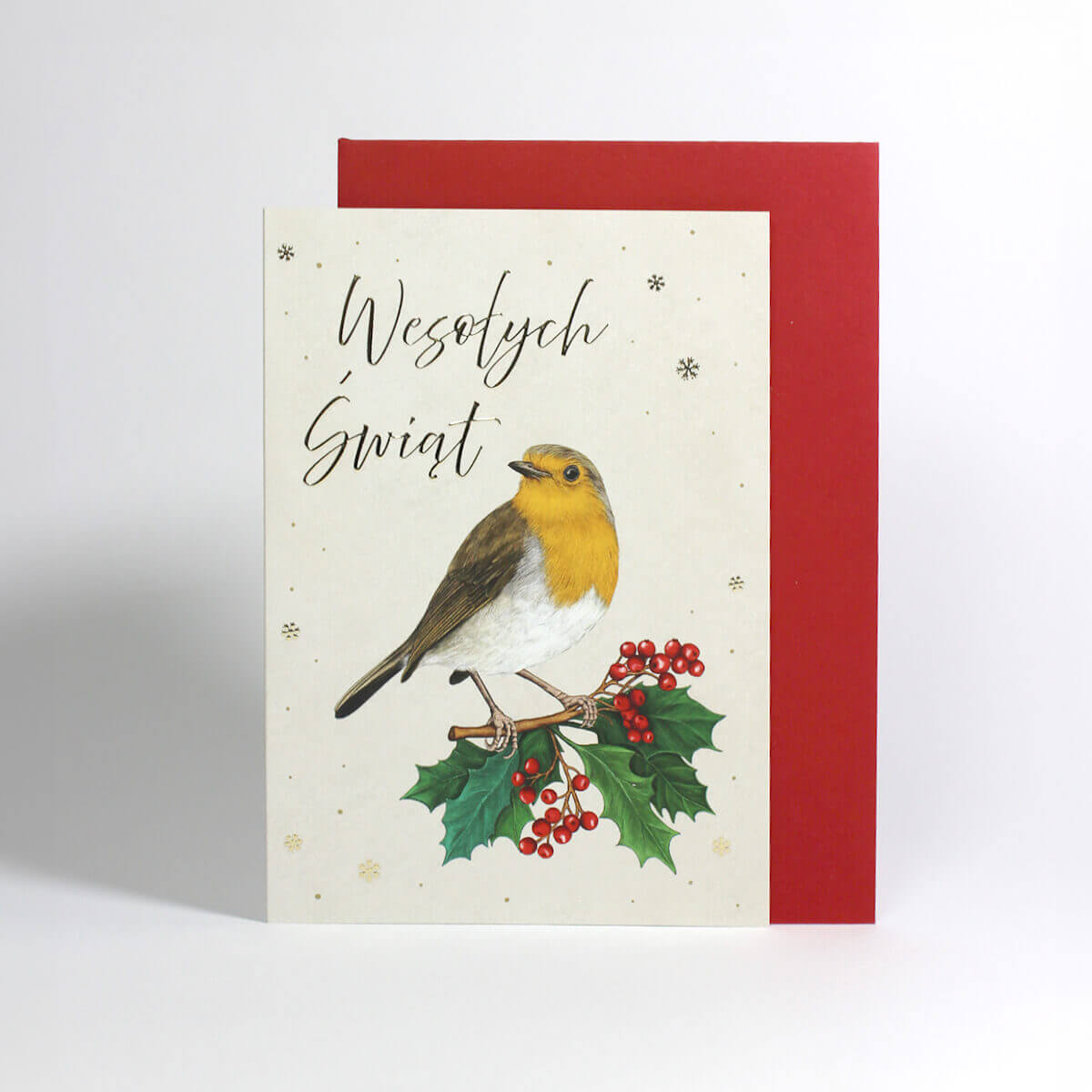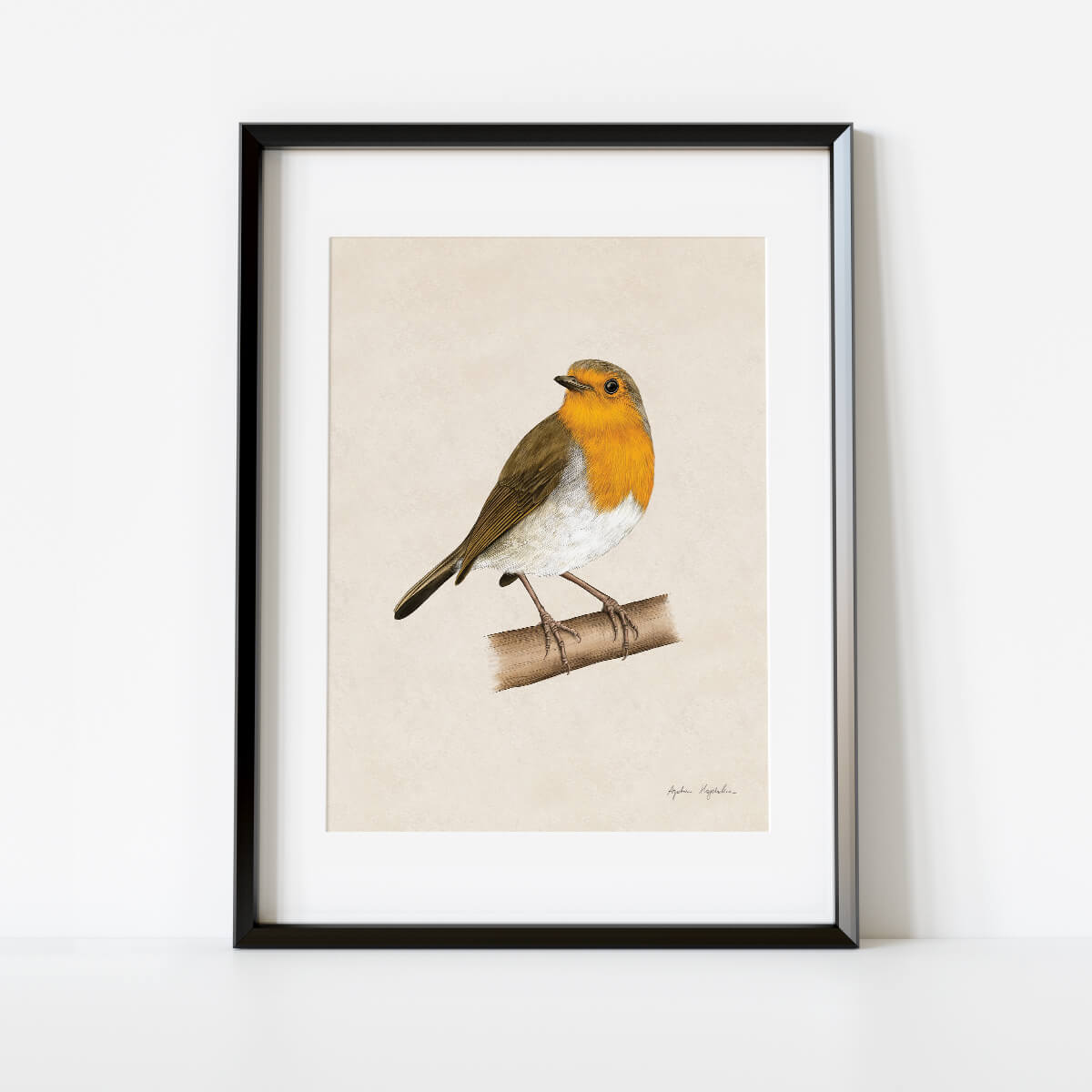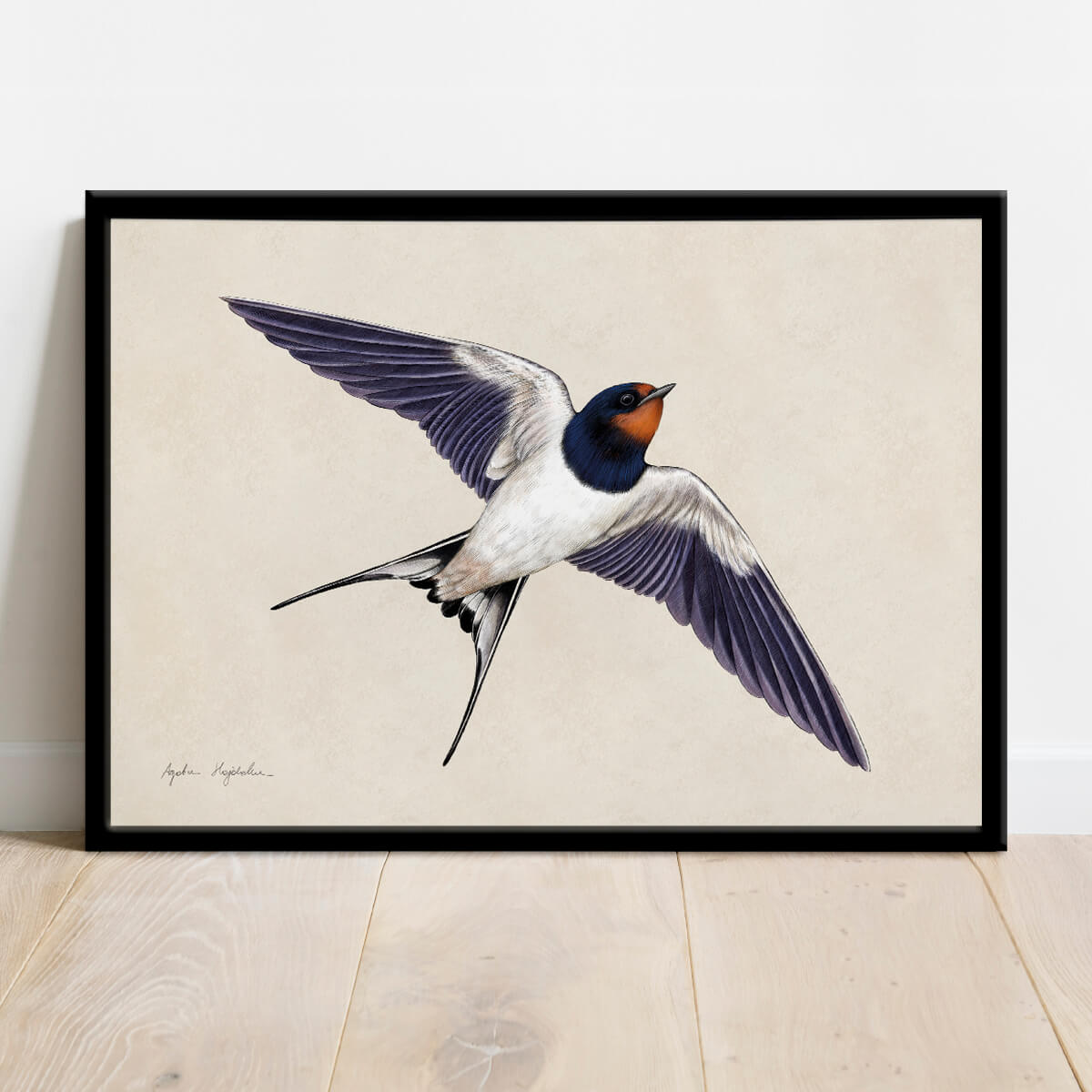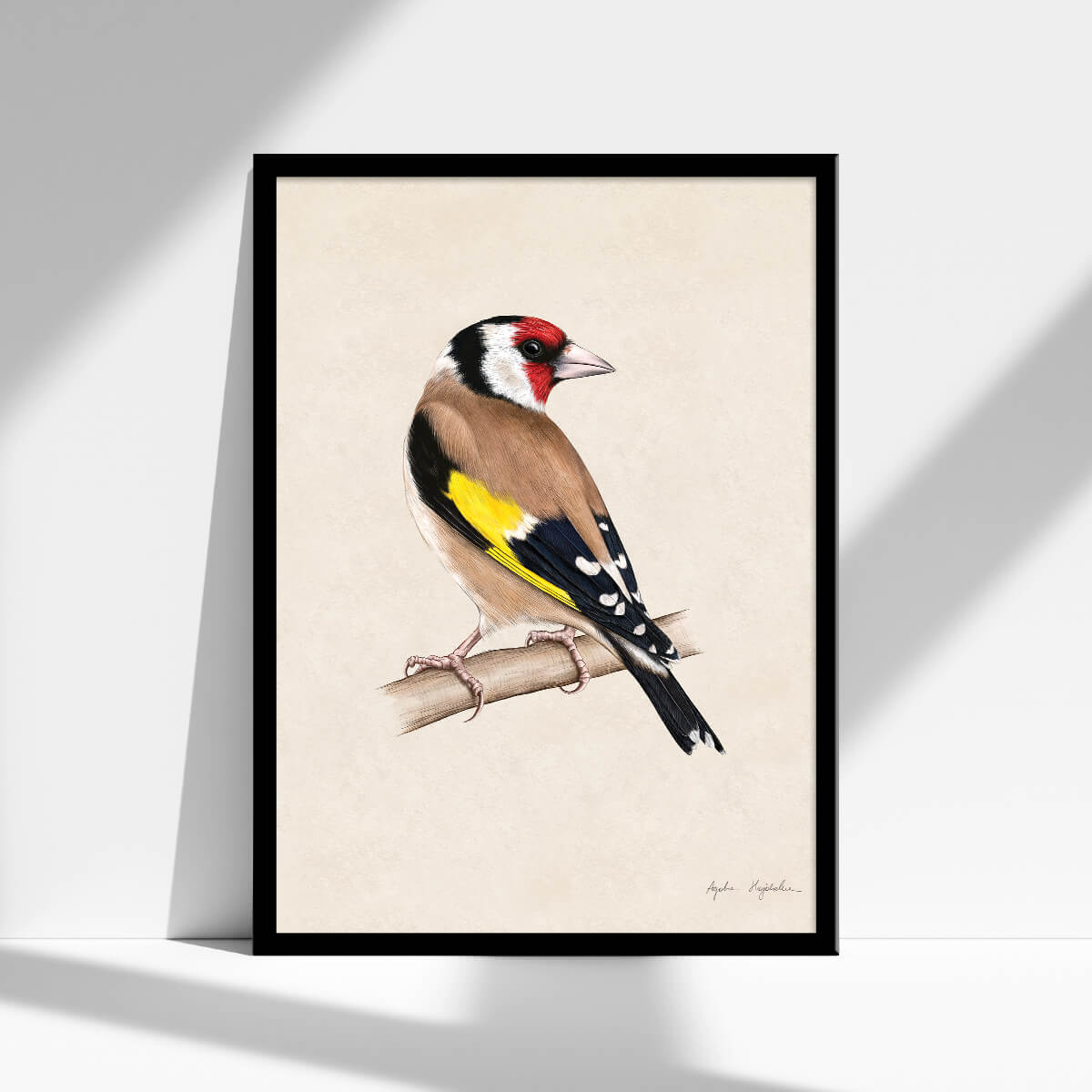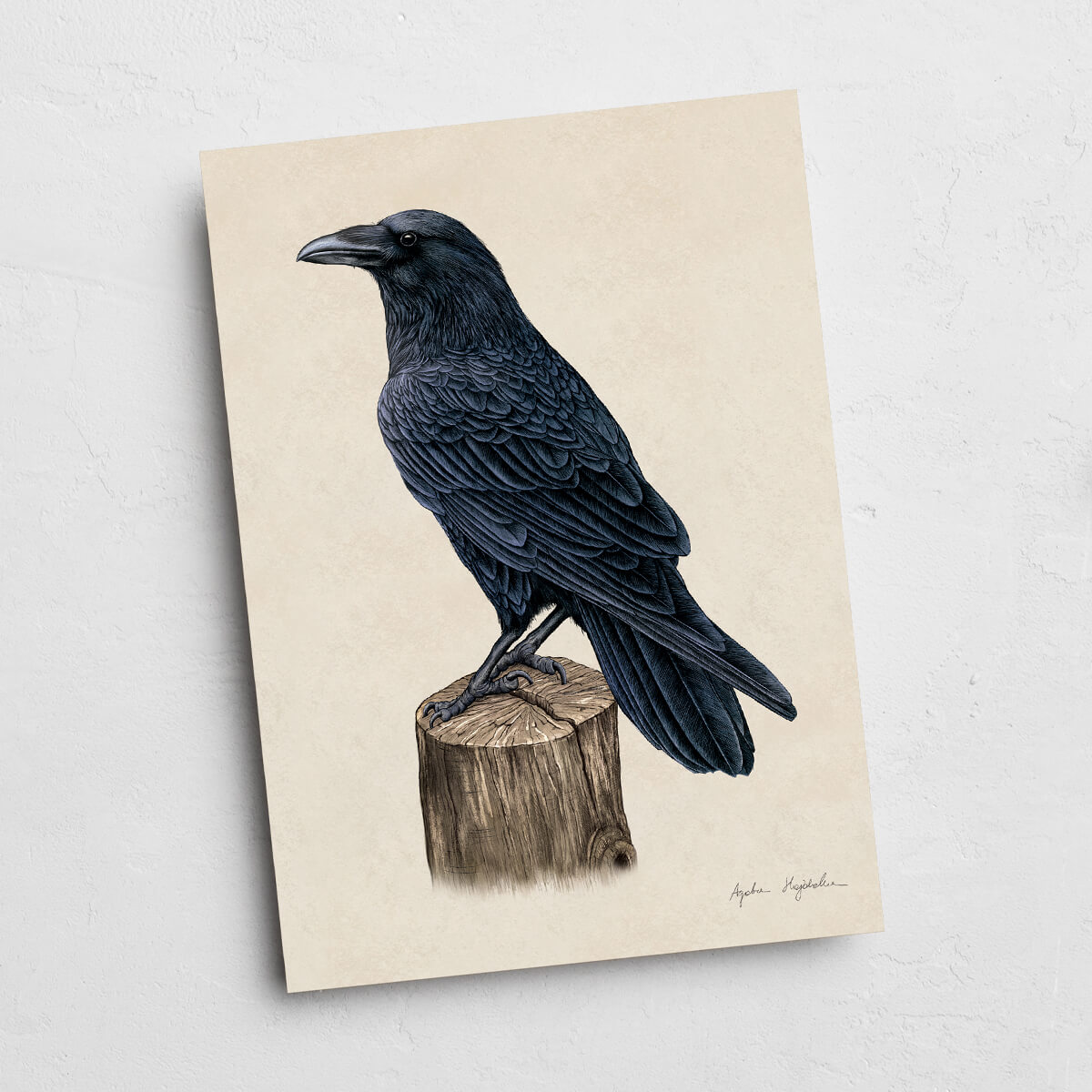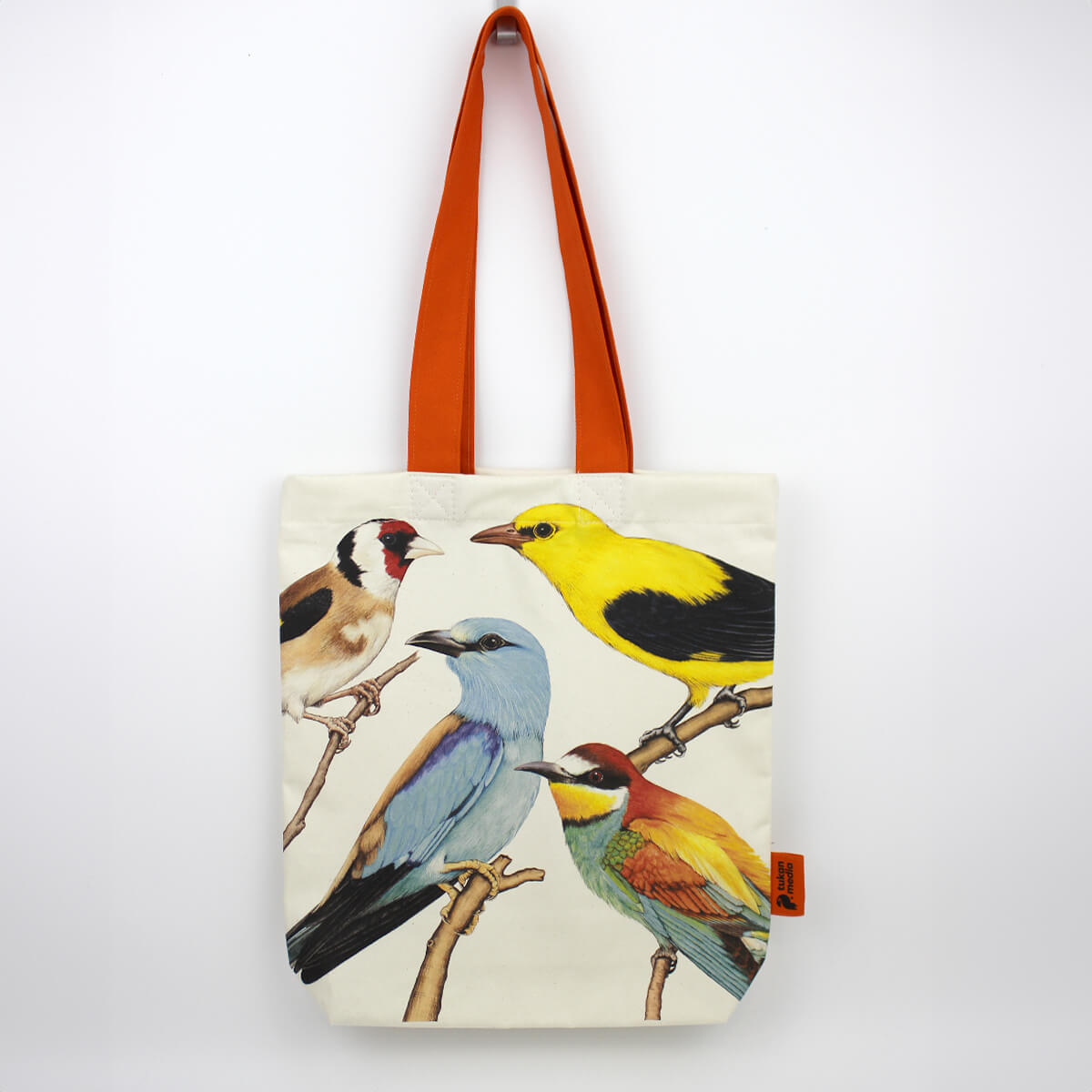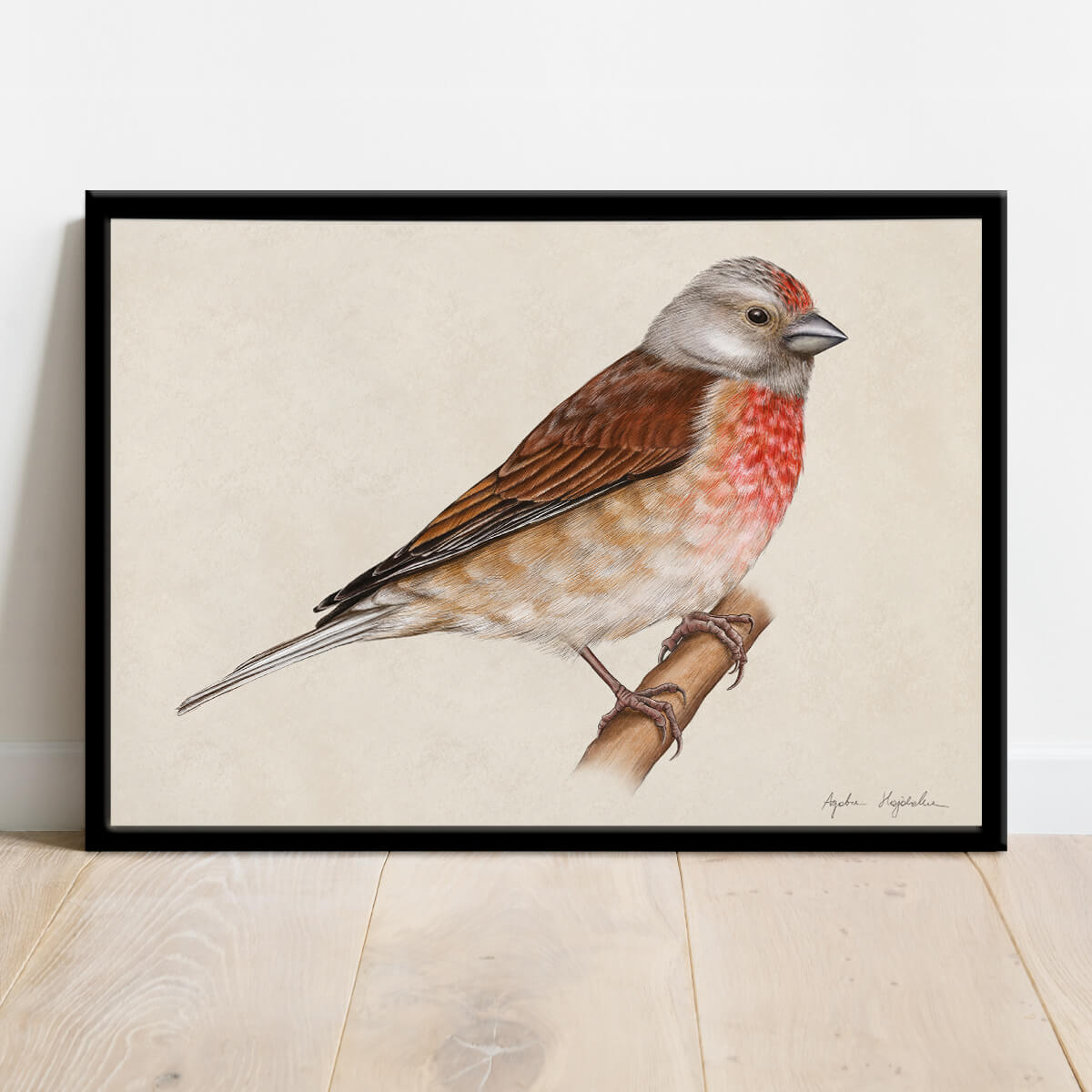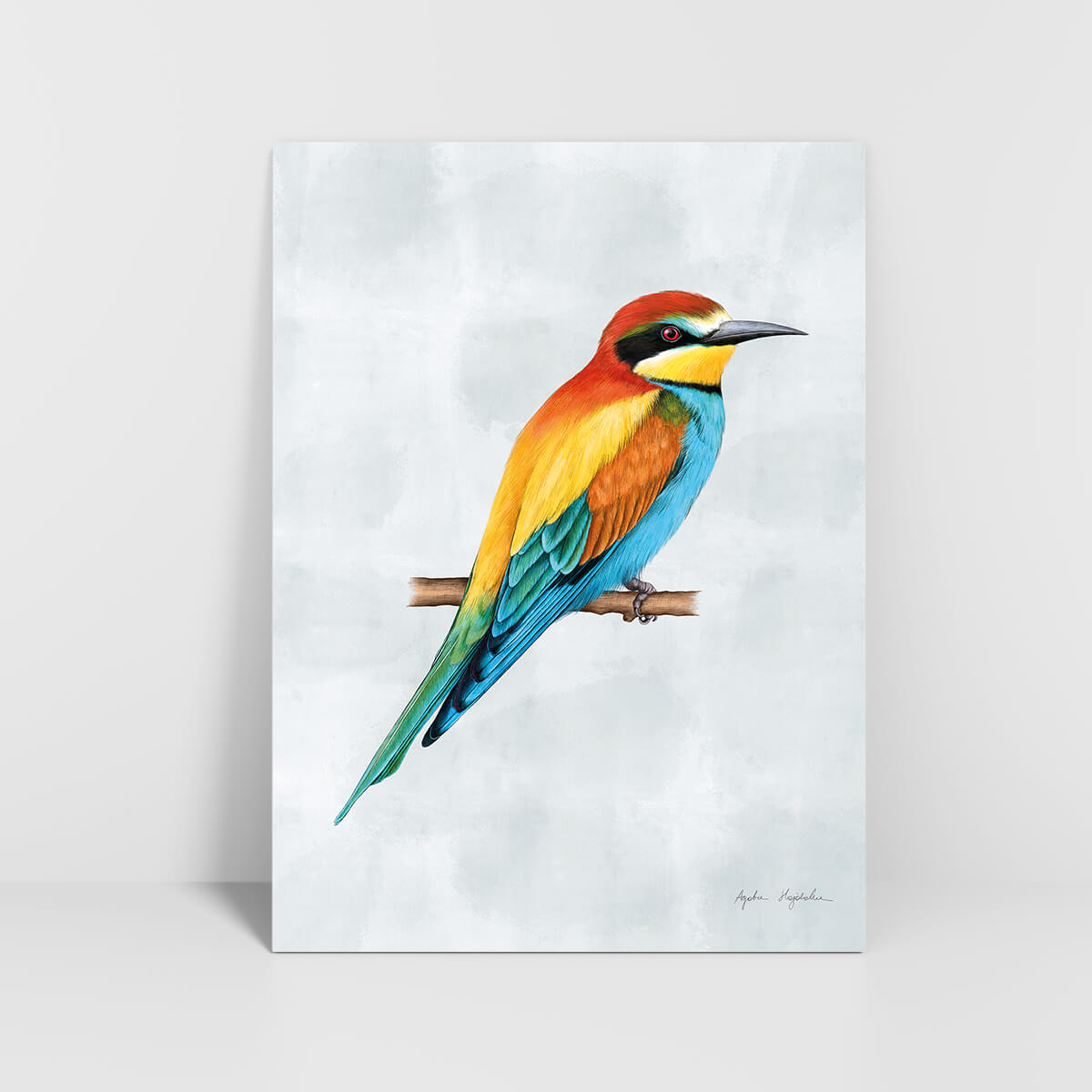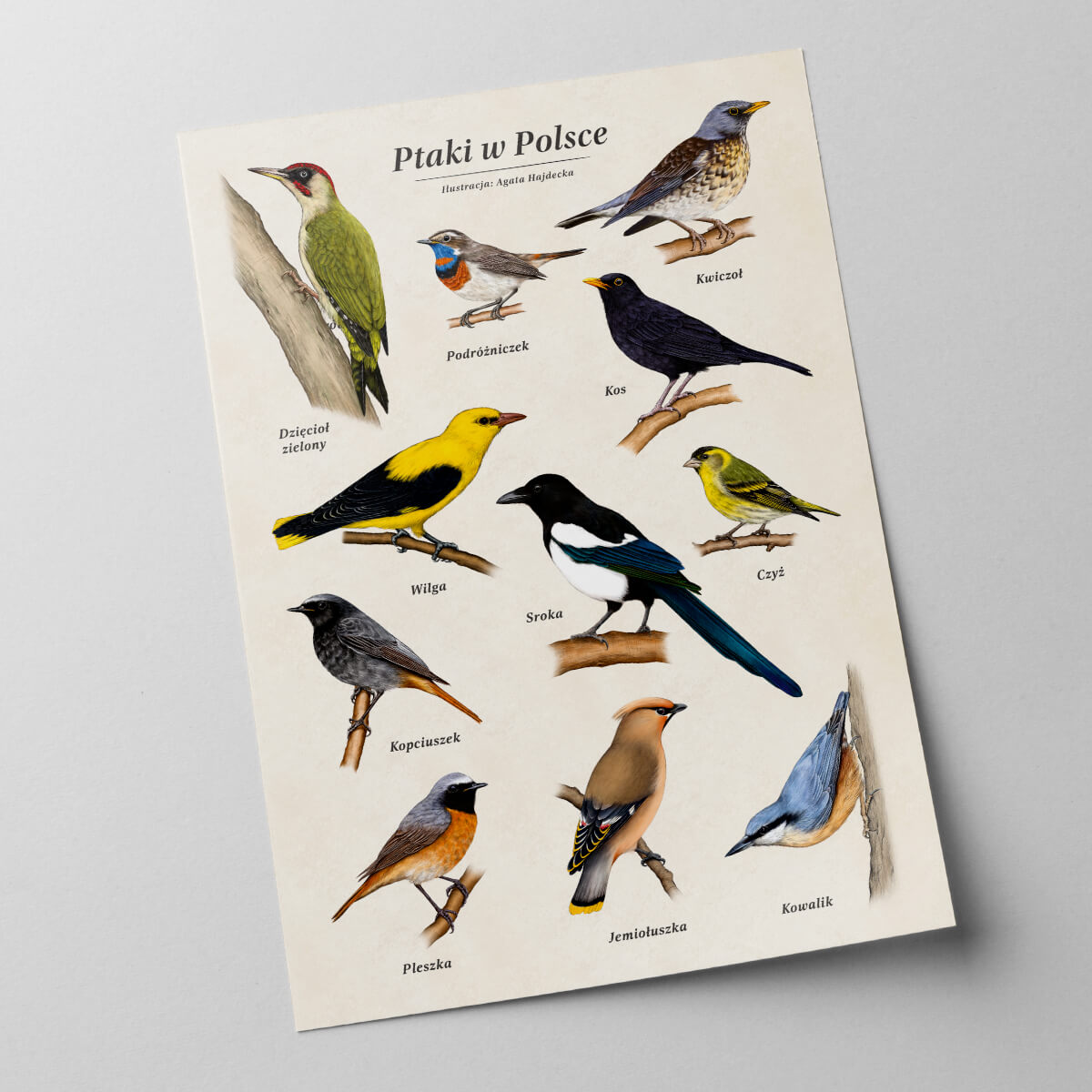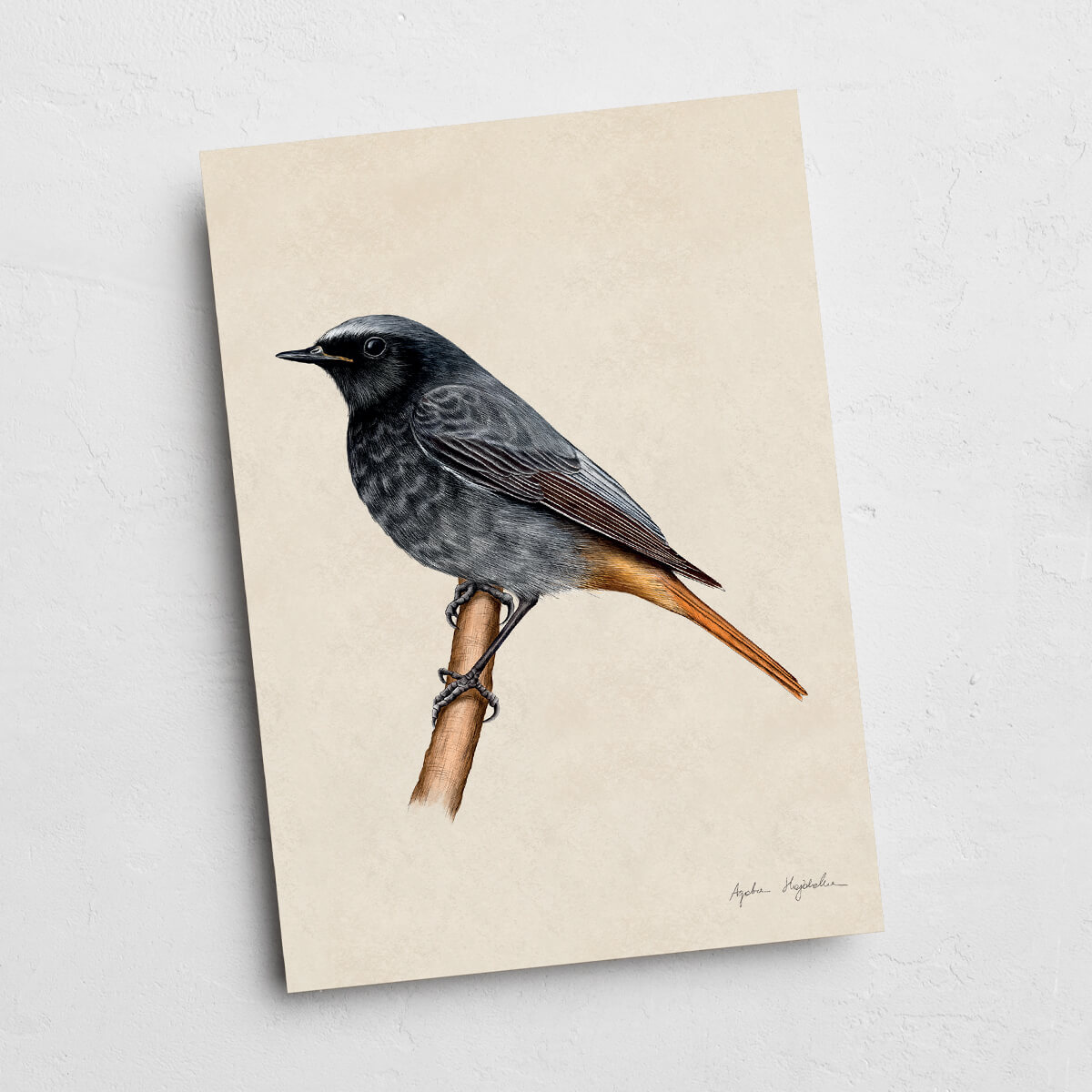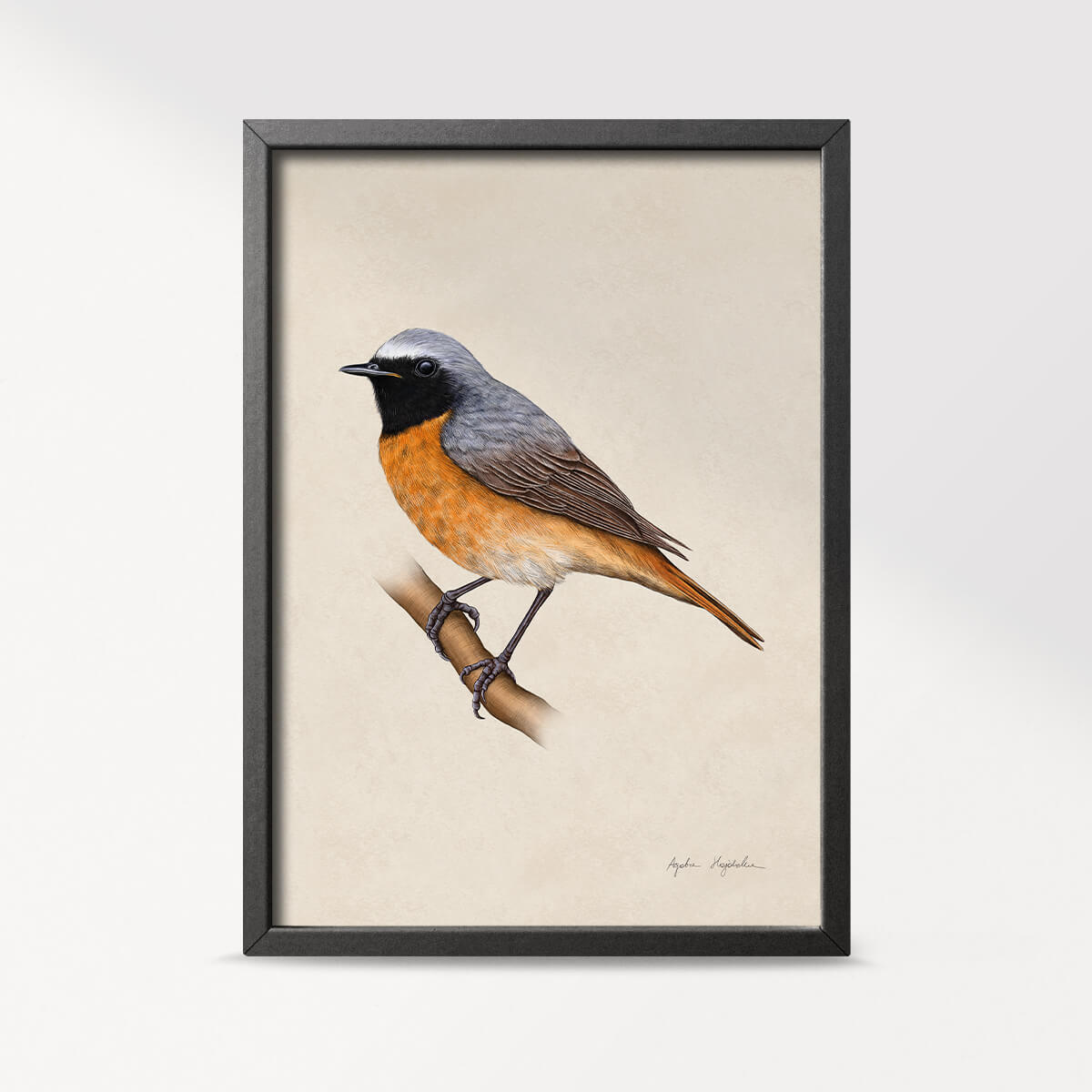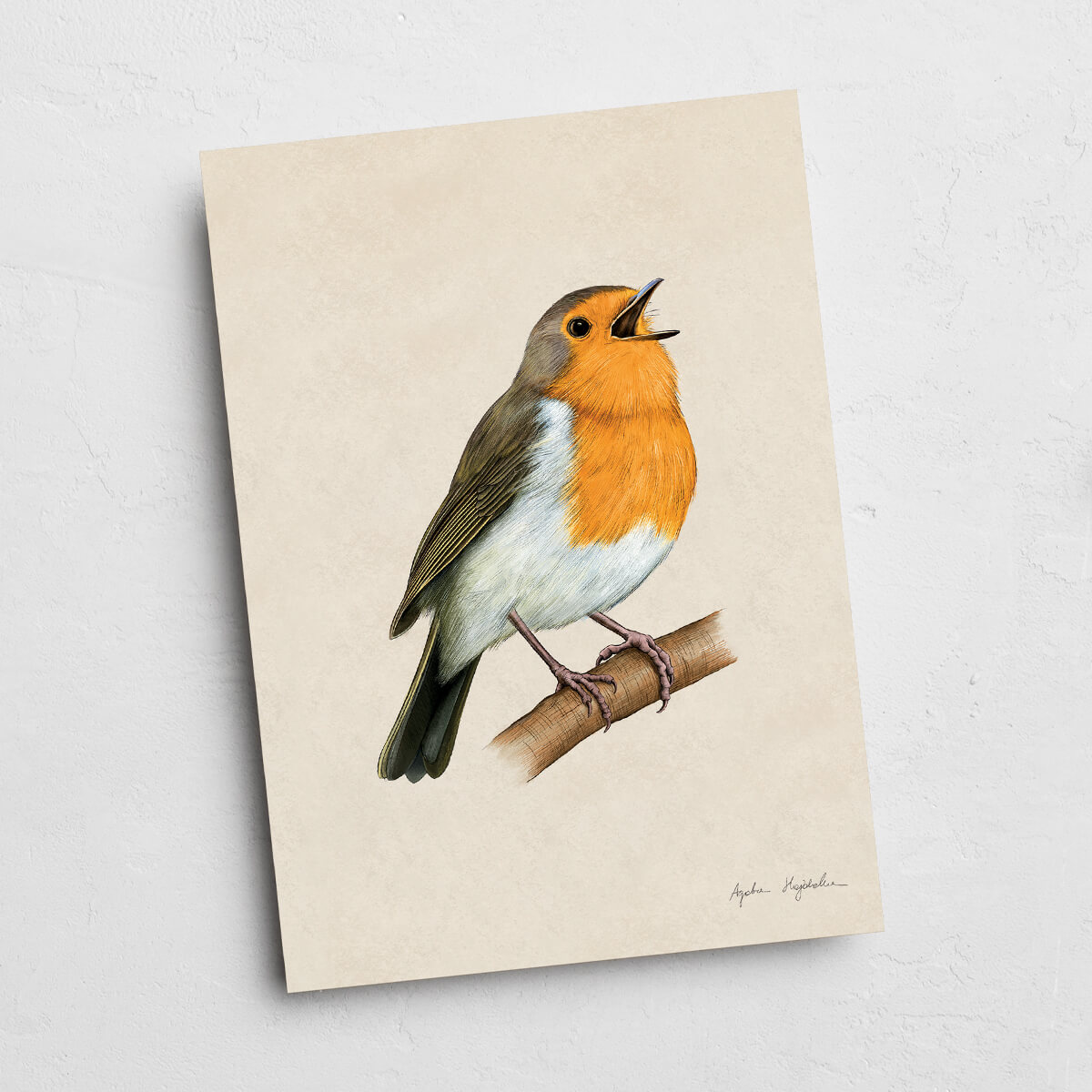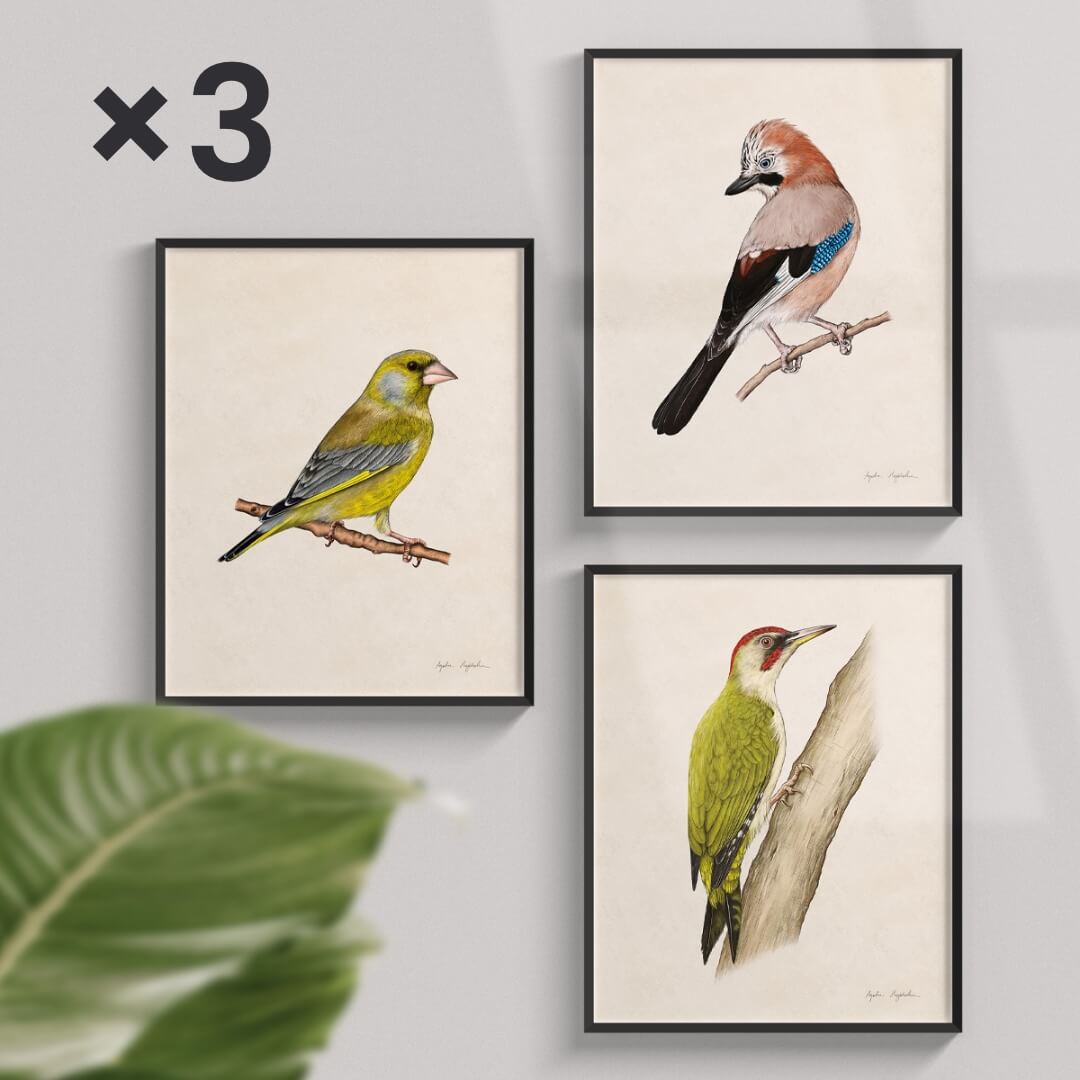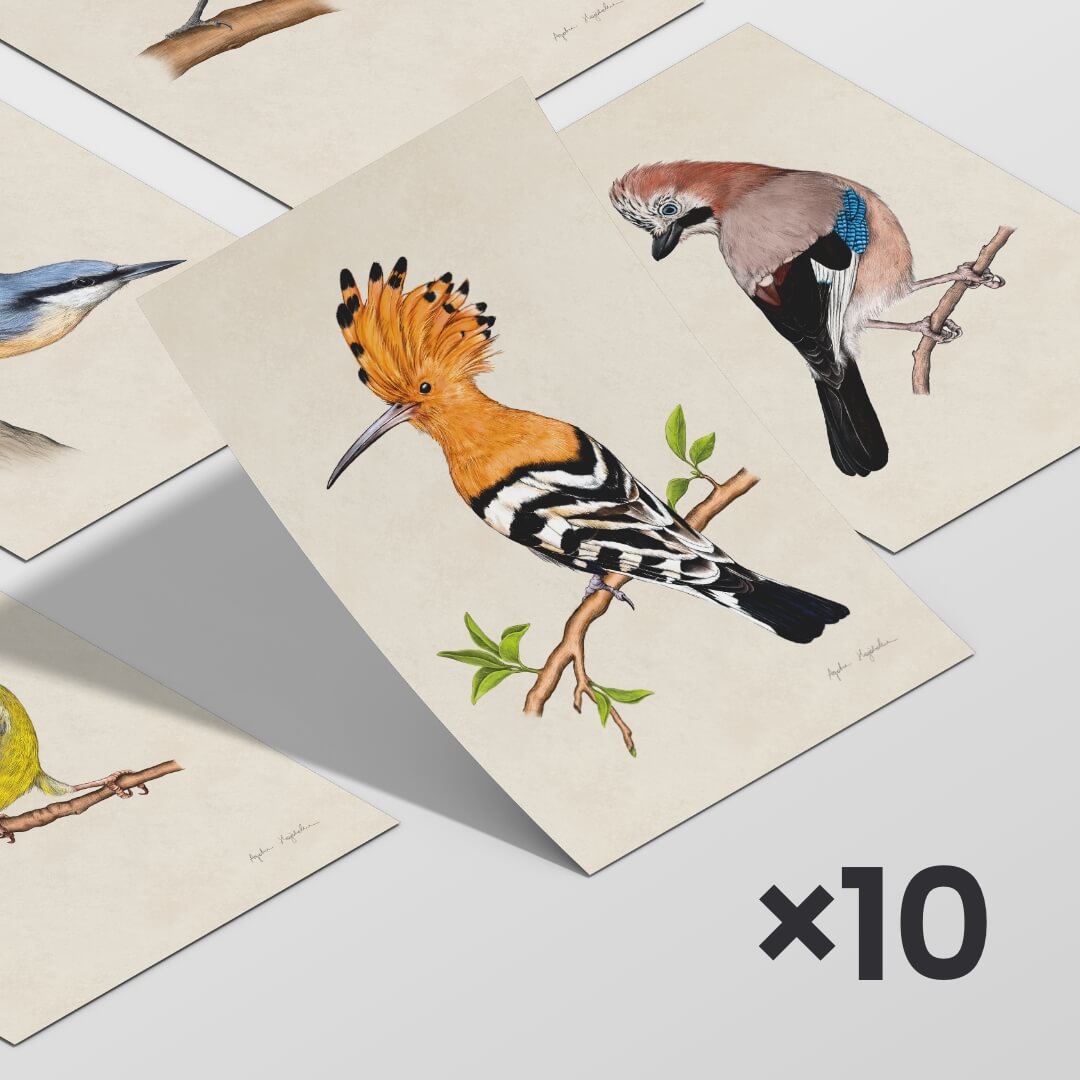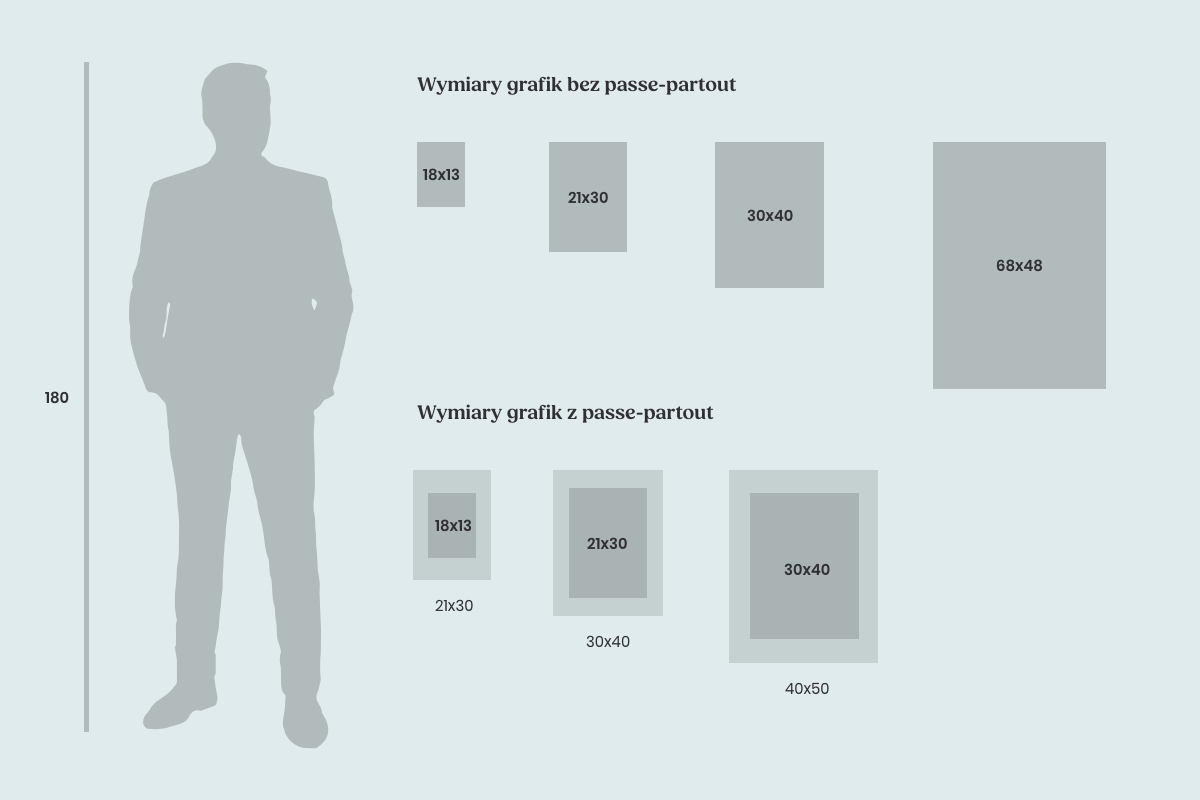- Tukan media
- Explore birds
- White-tailed eagle
White-tailed eagle
This is one of the most popular representatives when it comes to birds of prey in Poland, and the largest among them – its body length measures around 90 cm, with a wingspan of 240 cm! You will recognize it by its brown plumage, lighter on the head and upper parts of the wings, as well as by its short, white tail – it's from this feature that the bird gets its name. The beak is distinctly curved downward, in a yellow color – in young individuals, it has a darker shade and brightens with age.
Where can the white-tailed eagle be encountered?
The white-tailed eagle's distribution in Poland is concentrated throughout the lowland areas of the country, primarily in the west and north. You can encounter it in Western Pomerania, around the Szczecin Lagoon, in the Masurian Lake District, and in the Barycz Valley. Thanks to nesting site protection, it is becoming increasingly popular. Poland is the third country in Europe, after Norway and Russia, in terms of the number of white-tailed eagles. These birds lead a sedentary and migratory lifestyle, with only a few of them wintering on inland waters.
The white-tailed eagle - interesting facts about the bird king
Being the largest predatory bird in Poland, the white-tailed eagle is considered the king of birds in our country. It's worth learning a bit more about it!
- Female white-tailed eagles are larger than males.
- Many people wonder whether the white-tailed eagle is an eagle. The answer is: no. It belongs to the hawk family, and what distinguishes it from eagles is primarily the featherless tarsi, which are the parts of the legs between the ankle and the instep.
- White-tailed eagles create impressive nests - these are massive structures with a height of up to about 2 meters and a weight close to one ton! They build them from branches in the crowns of old trees and repair and improve them over the years.
- They lay about 2 eggs, which they incubate for over a month. The young ones develop the ability to fly only after 70 days, and the parents take turns taking care of them.
- Are white-tailed eagles protected? Yes, these predatory birds are protected in Poland, although they are not endangered, and their population is growing.
- It is widely accepted that it's the image of the white-tailed eagle that appears in our country's coat of arms – that's why it's often mistakenly referred to as an eagle.
- White-tailed eagles perform a distinctive courtship flight at a high altitude – they lock talons and cartwheel downwards, and when they are close to the ground, they separate and soar into the air again to repeat these spectacular acrobatics.
These winged predators require bodies of water for their habitat – they feed on fish, waterfowl, and mammals. A significant portion of their diet consists of carrion, playing an important role in ecosystem purification by consuming sick and dead fish. When hunting their prey, they utilize their strong beaks and sharp talons. They establish perches within their territories – elevated vantage points from which they scan for food. Upon spotting a target, they swoop down with outstretched talons, and they can also give chase. Their featherless lower legs make it easier for them to pull fish out of the water.
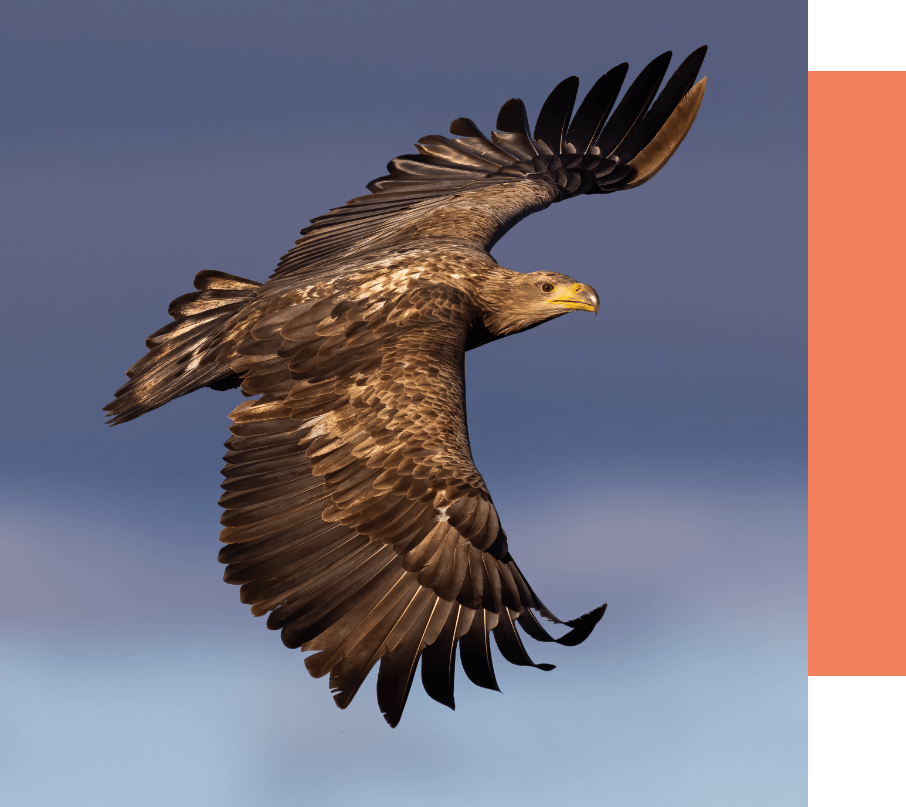
Listen to the voice
Gadgets with white-tailed eagle illustration
Do you want to show children the differences between an eagle and a white-tailed eagle? Or perhaps you're fascinated by the nature of this bird and would like to admire it on your wall or as a decorative gadget? Take a look at my collection of graphics with the image of this bird and choose something for yourself!
View products with the white-tailed eagle
600.00 zł 500.00 zł
20.00 zł – 120.00 zł
White-Tailed Eagle - Additional Information

White-tailed eagle
Haliaeetus albicilla
Family
Hawks
Locations of Occurrence
The entire lowland area of the country
Food
Fish, waterfowl, mammals, carrion
Population
A very rare breeding bird
Migrations
Resident or migratory
Breeding
1-2, exceptionally up to 3 white eggs. Incubation takes about 38 days. The young become capable of flight after 70-75 days.
See other products with birds
89.00 zł
89.00 zł
20.00 zł – 120.00 zł
20.00 zł – 120.00 zł
20.00 zł – 120.00 zł
60.00 zł – 120.00 zł
20.00 zł – 120.00 zł
20.00 zł – 120.00 zł
20.00 zł – 120.00 zł
267.00 zł 230.00 zł
553.00 zł 499.00 zł
400.00 zł 375.00 zł
464.00 zł 439.00 zł
237.00 zł 225.00 zł
150.00 zł 143.00 zł
174.00 zł 165.00 zł
89.00 zł
50.00 zł
50.00 zł
58.00 zł
79.00 zł
79.00 zł
79.00 zł
79.00 zł
79.00 zł
50.00 zł
50.00 zł
50.00 zł
50.00 zł
50.00 zł
89.00 zł
89.00 zł
20.00 zł – 120.00 zł
20.00 zł – 120.00 zł
20.00 zł – 120.00 zł
20.00 zł – 120.00 zł
89.00 zł
20.00 zł – 120.00 zł
20.00 zł – 120.00 zł
60.00 zł – 120.00 zł
20.00 zł – 120.00 zł
20.00 zł – 120.00 zł
20.00 zł – 120.00 zł
600.00 zł 500.00 zł
160.00 zł – 320.00 zł
450.00 zł 400.00 zł
